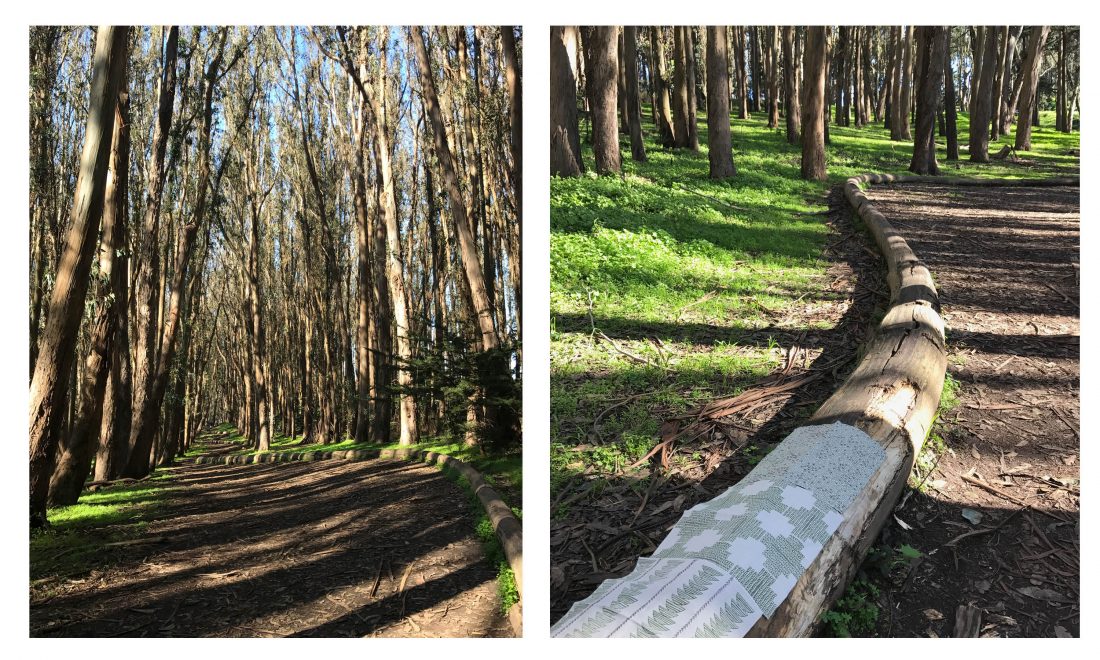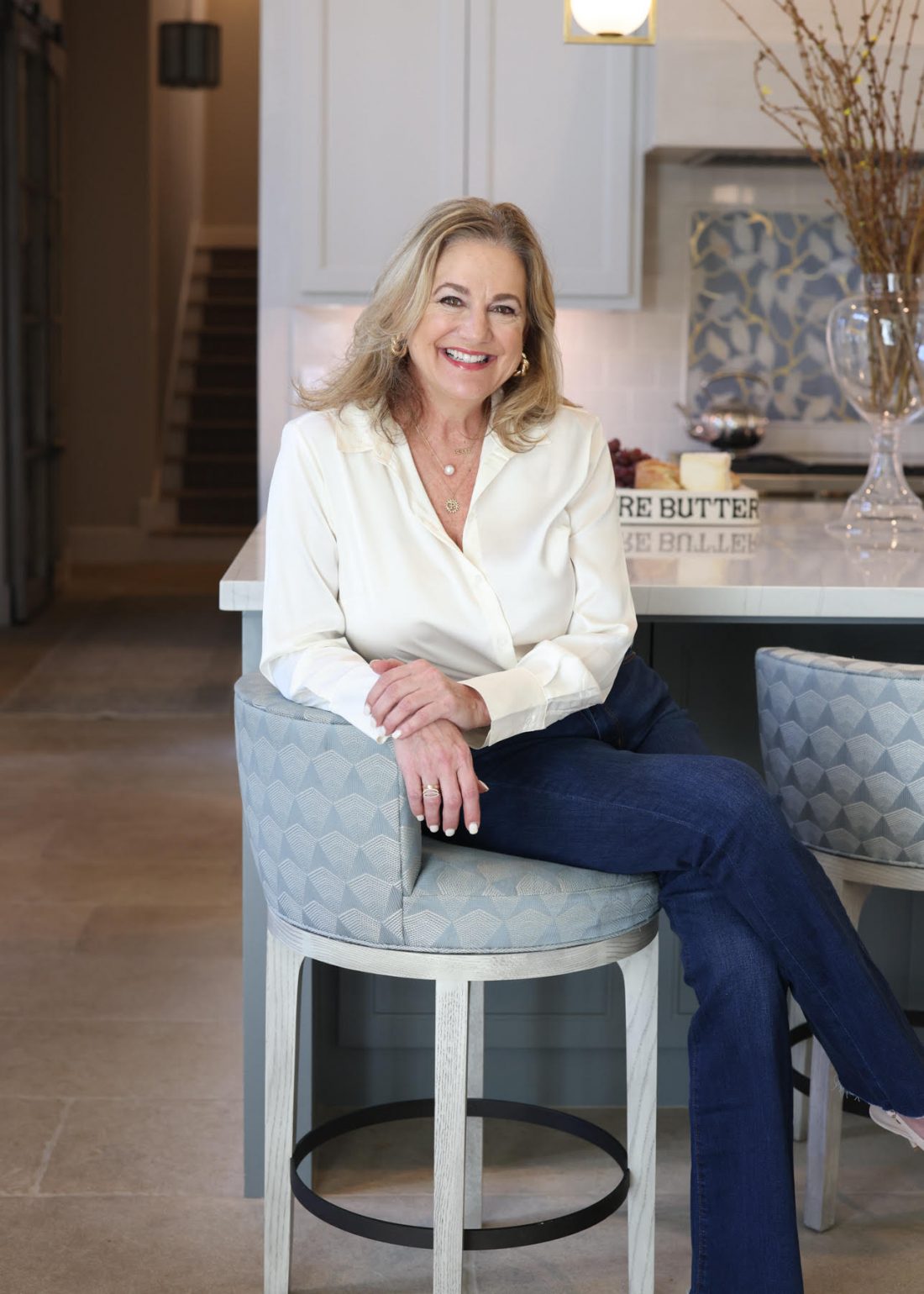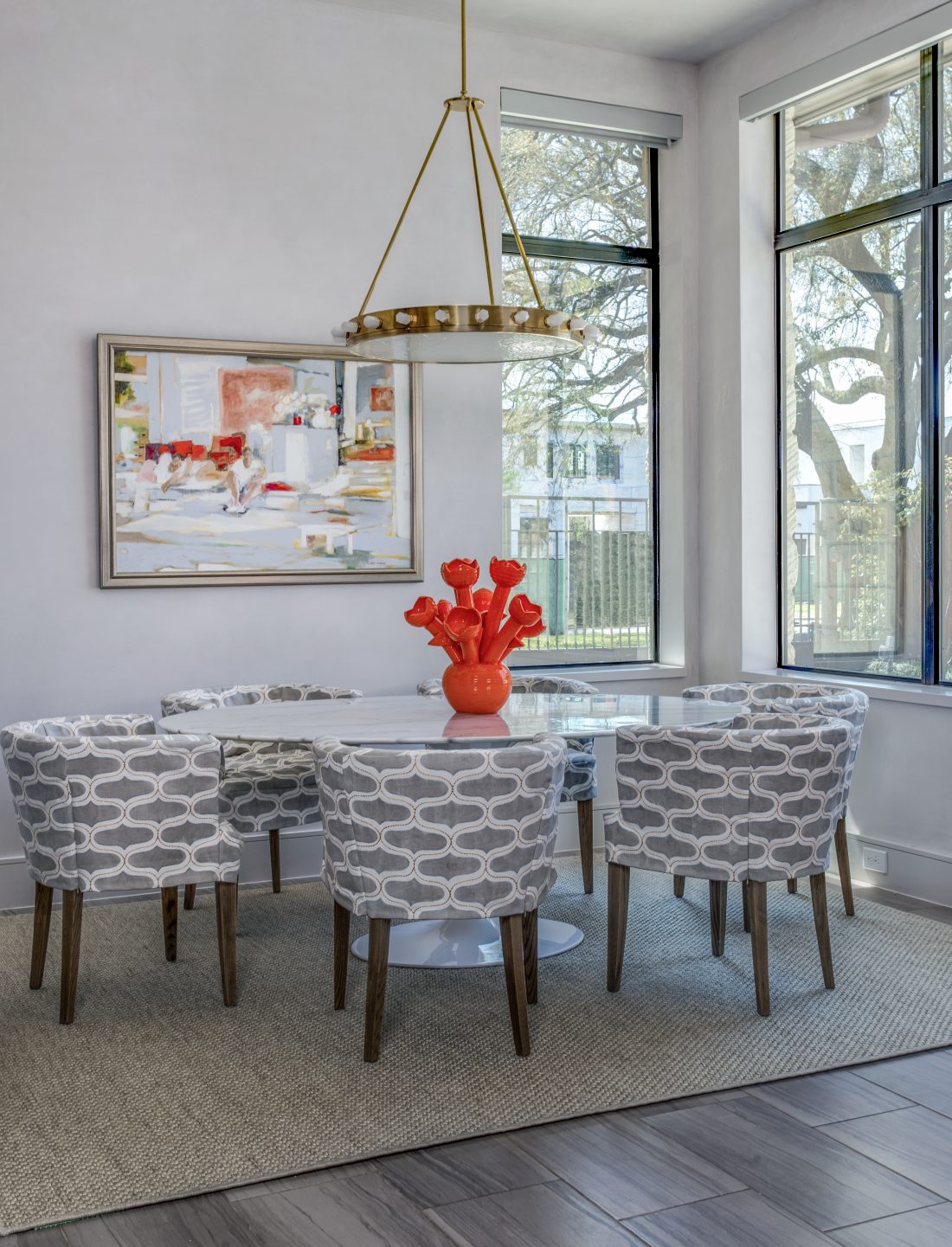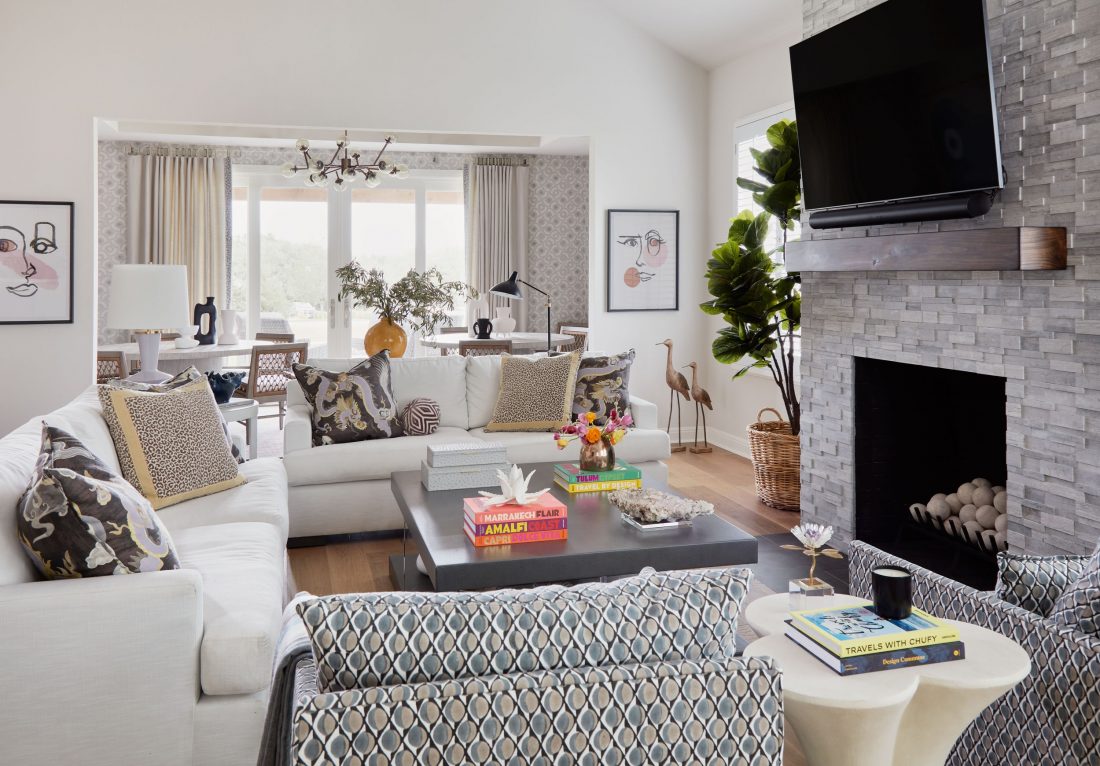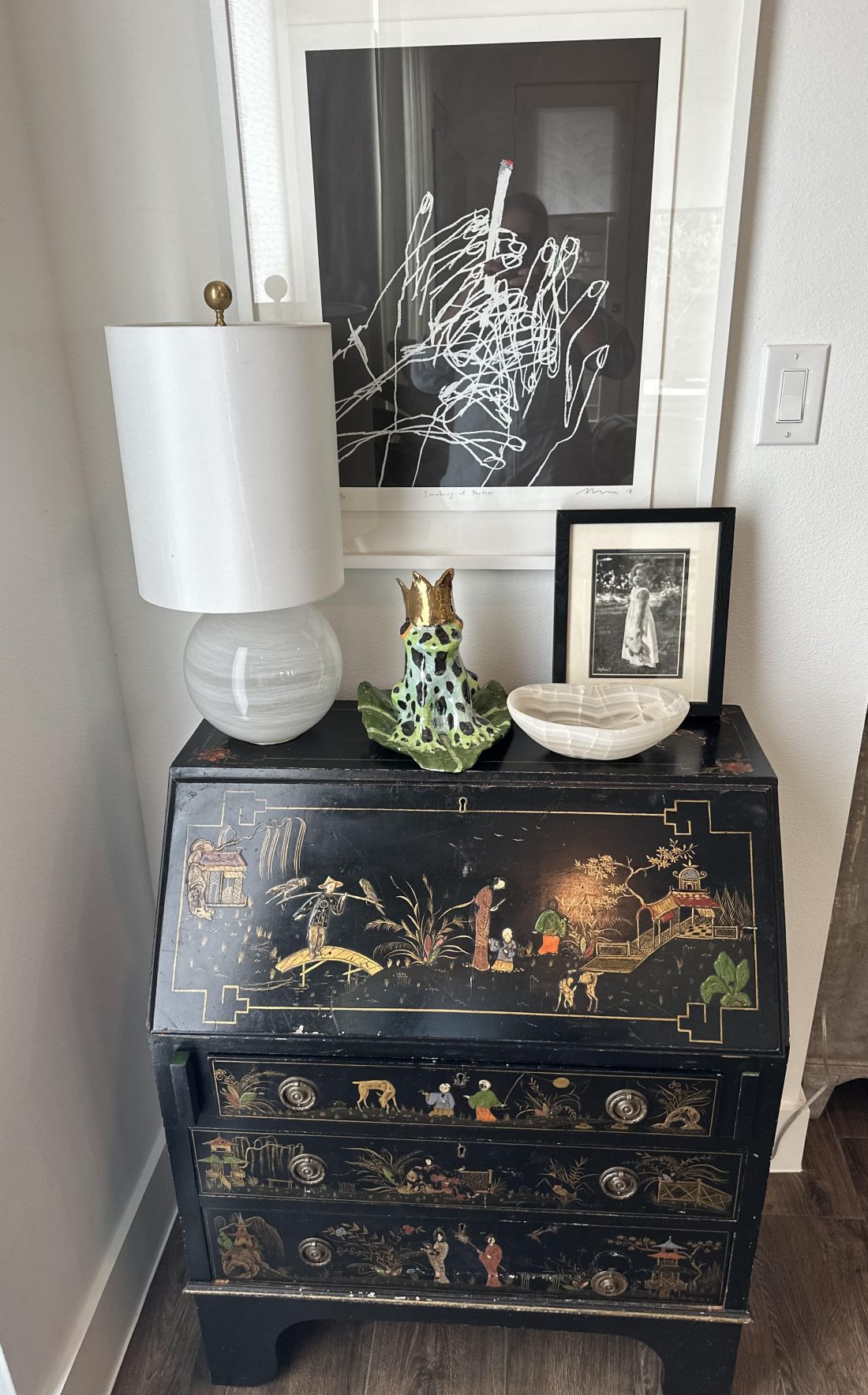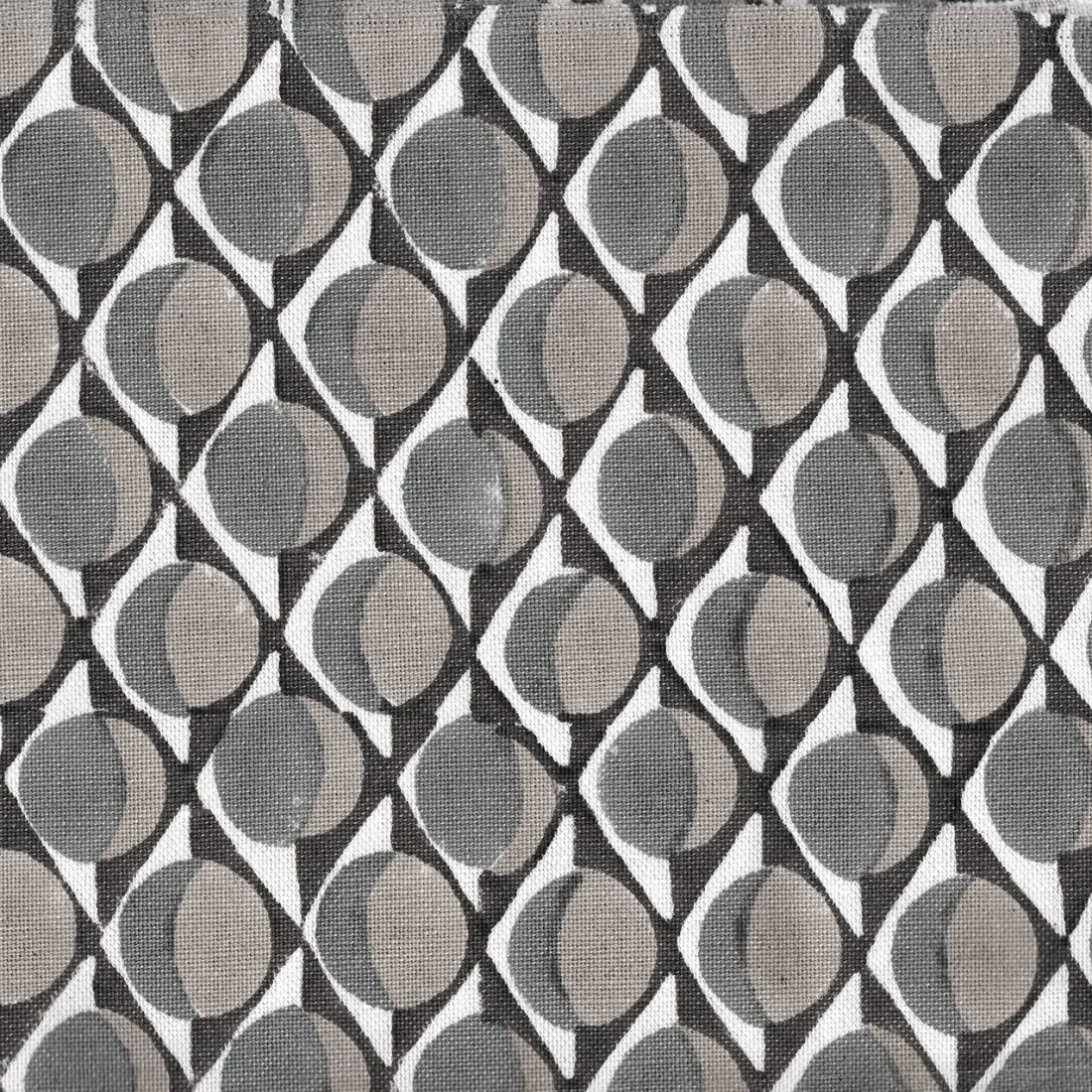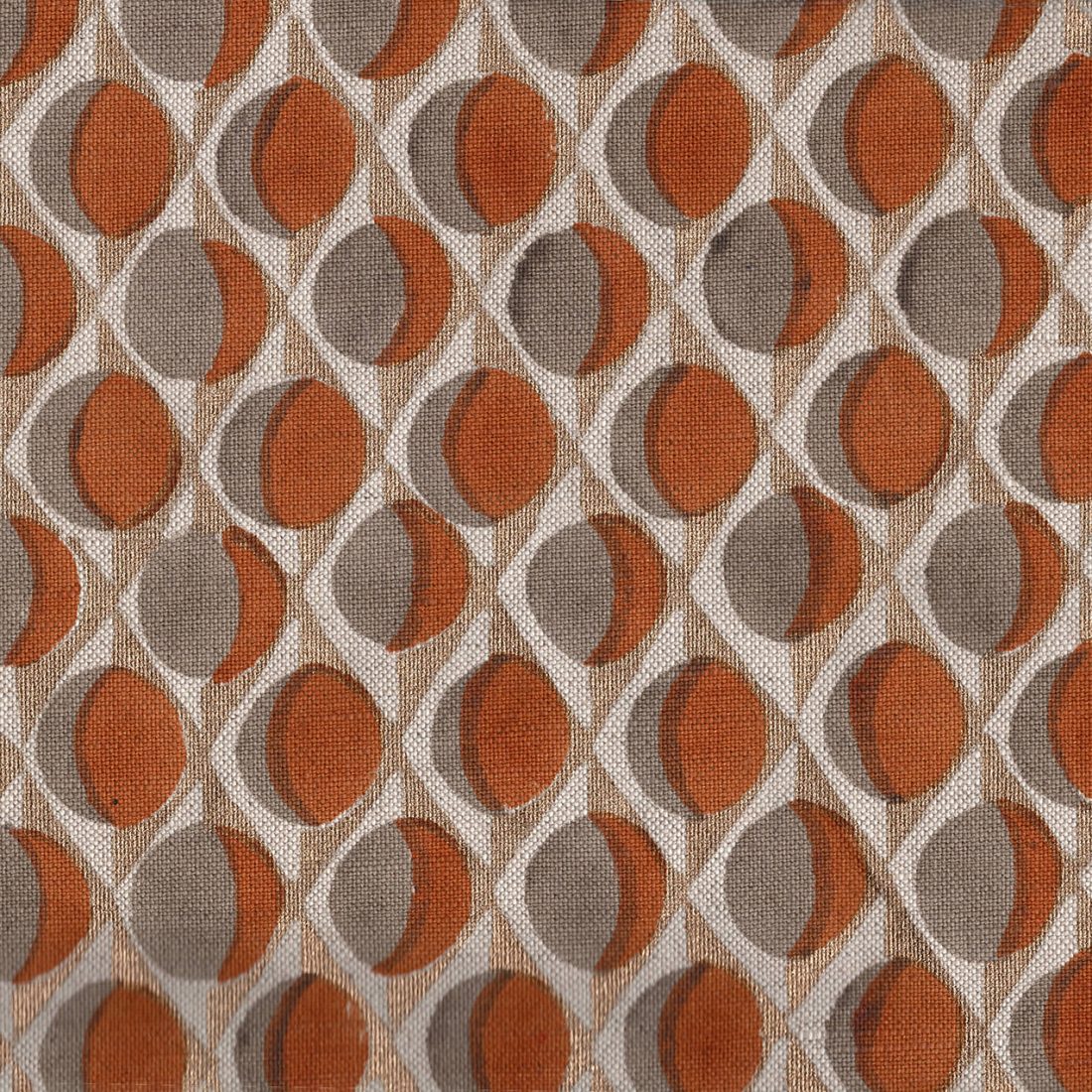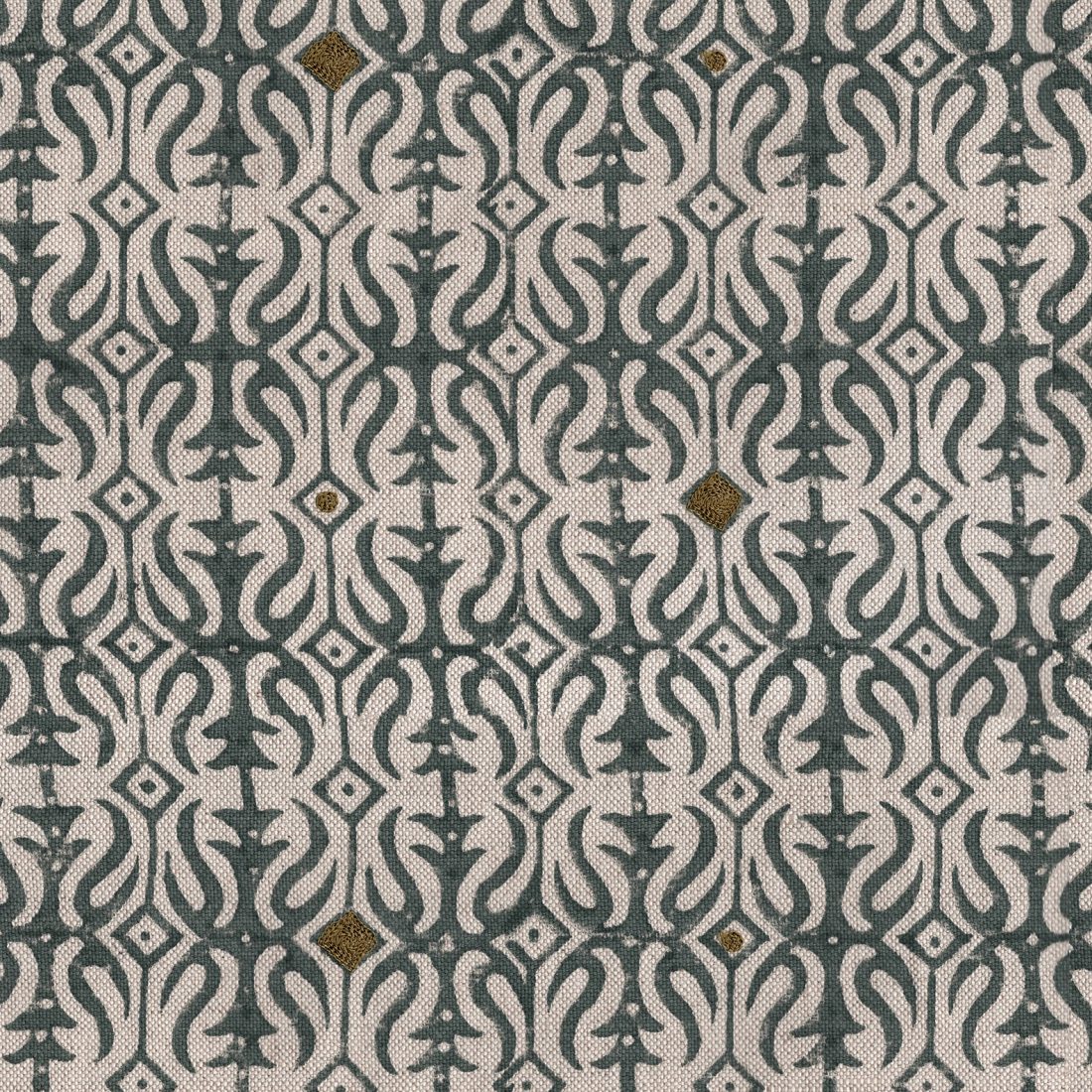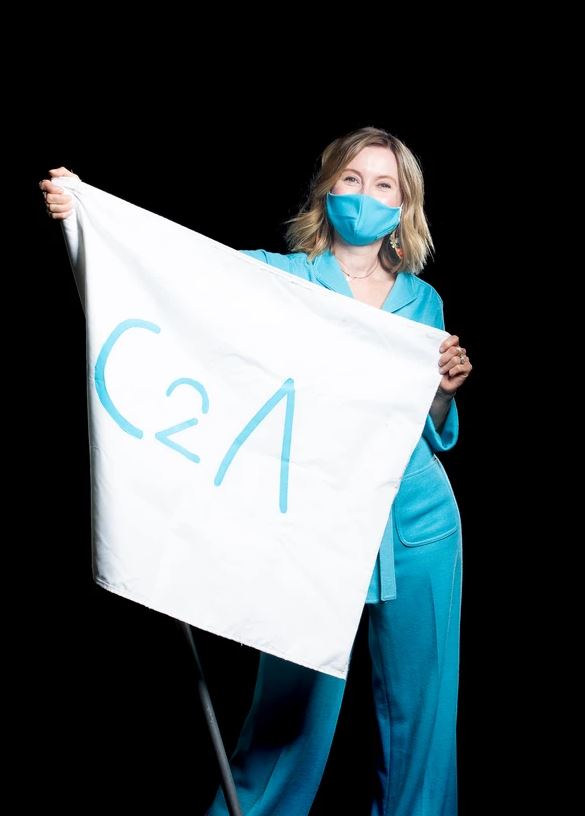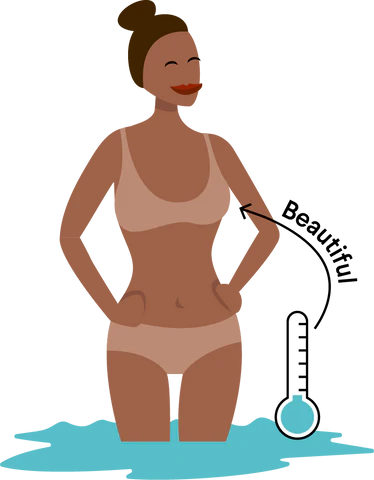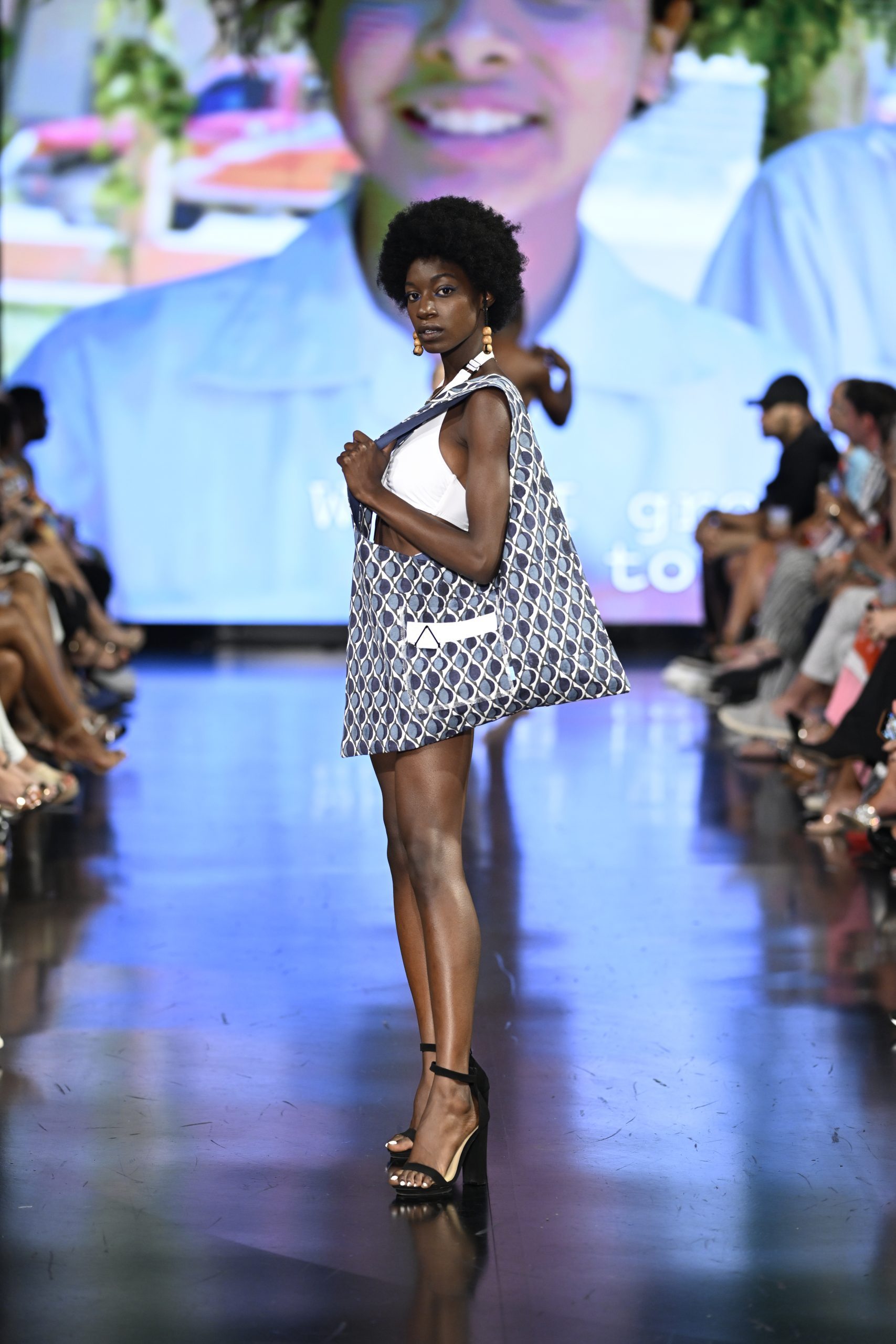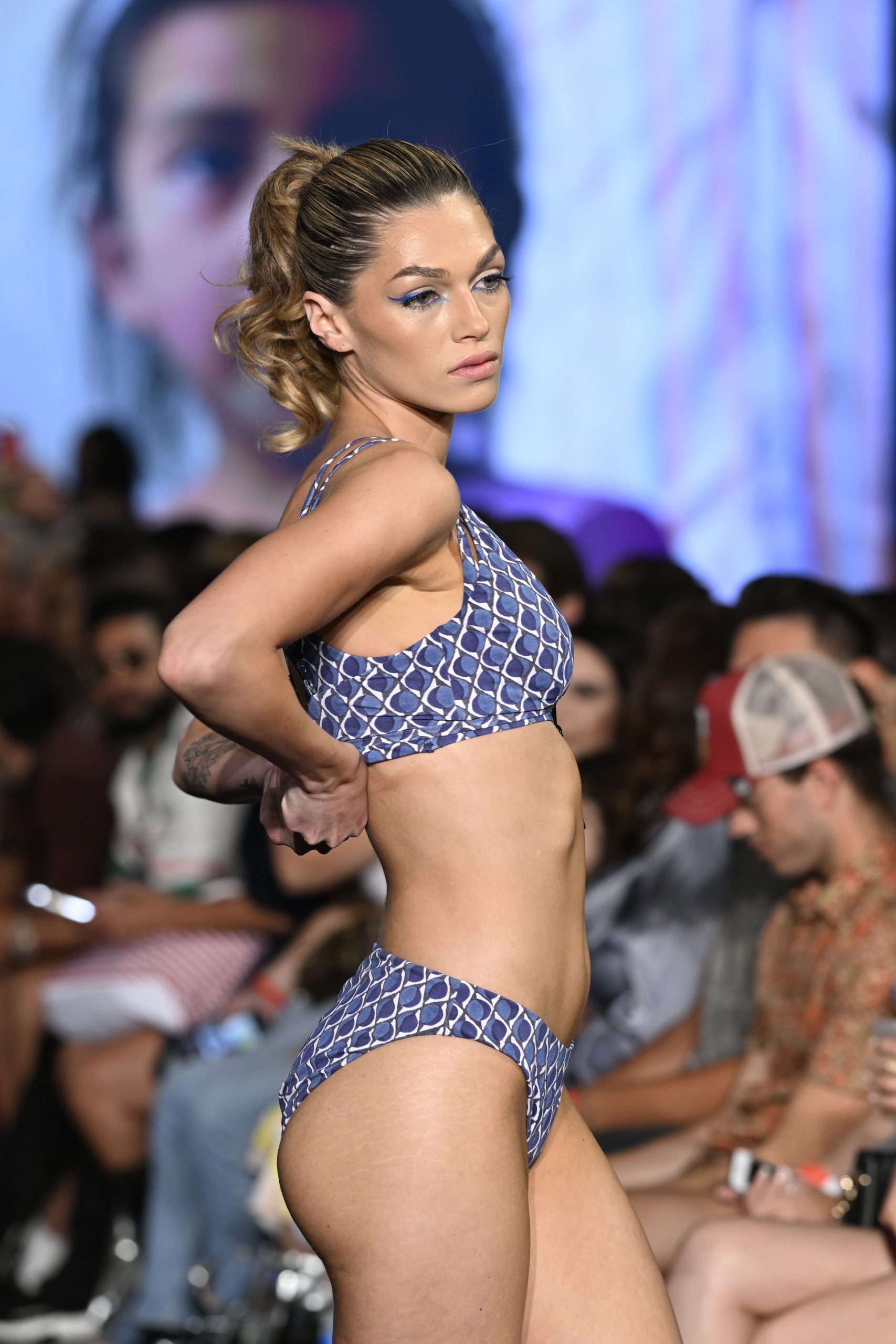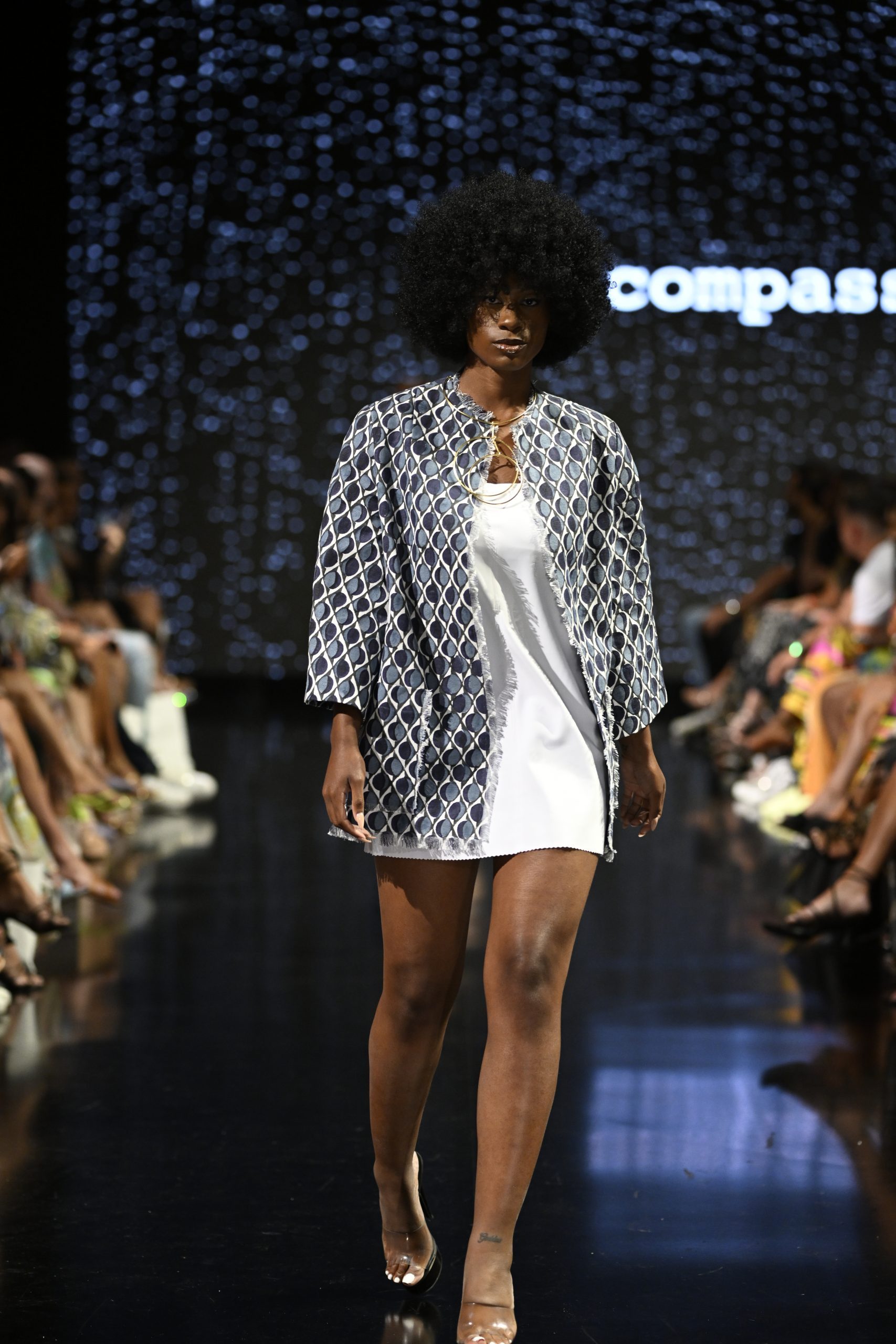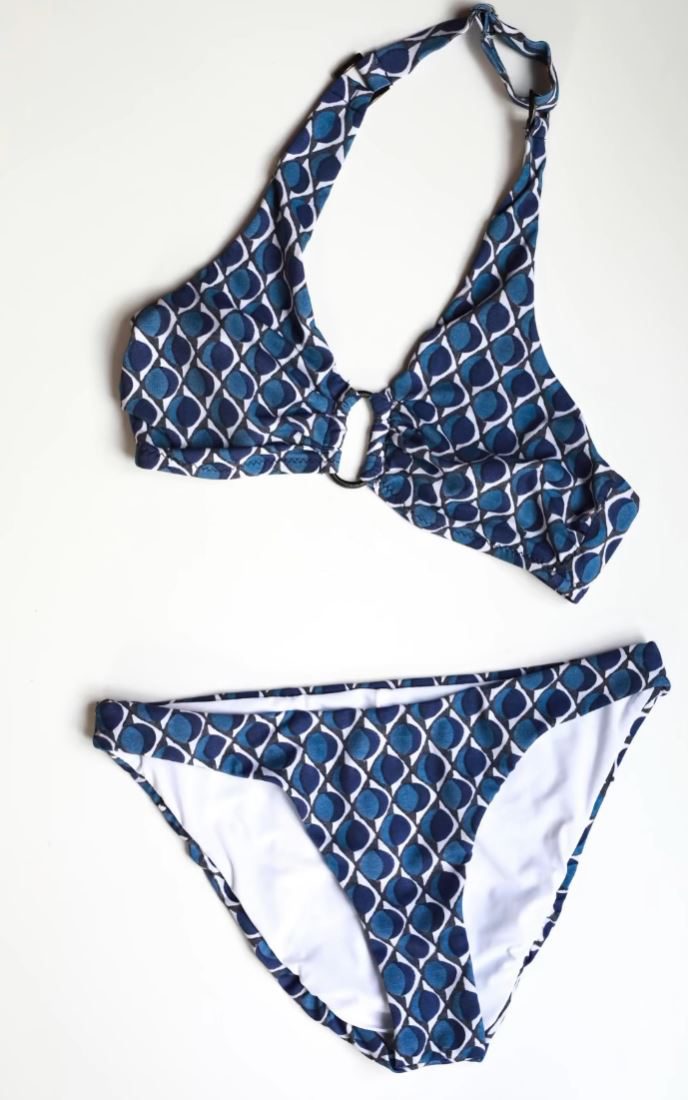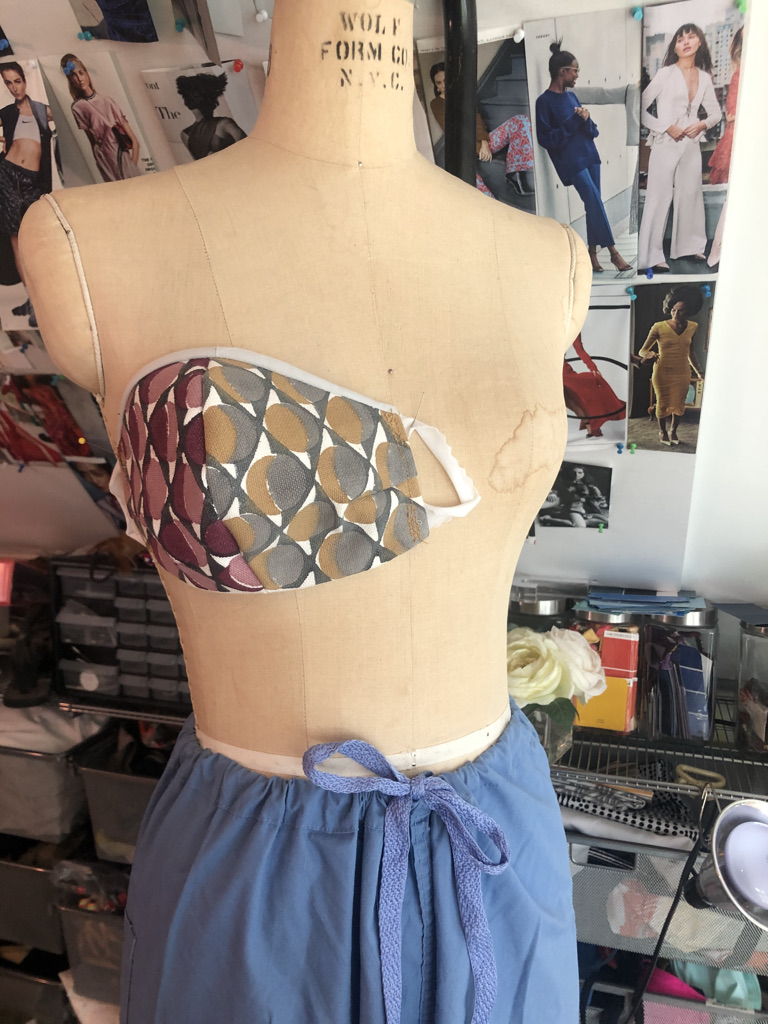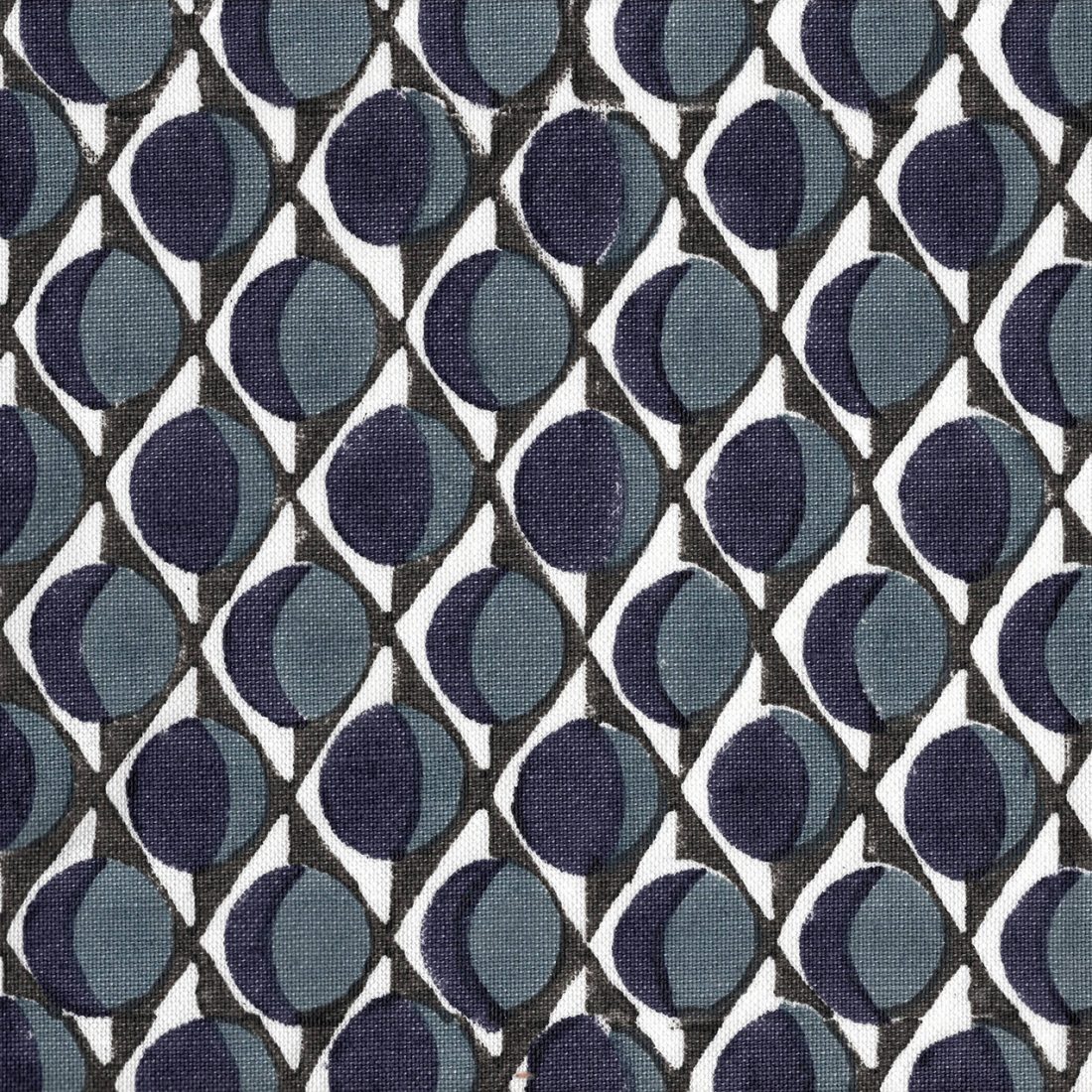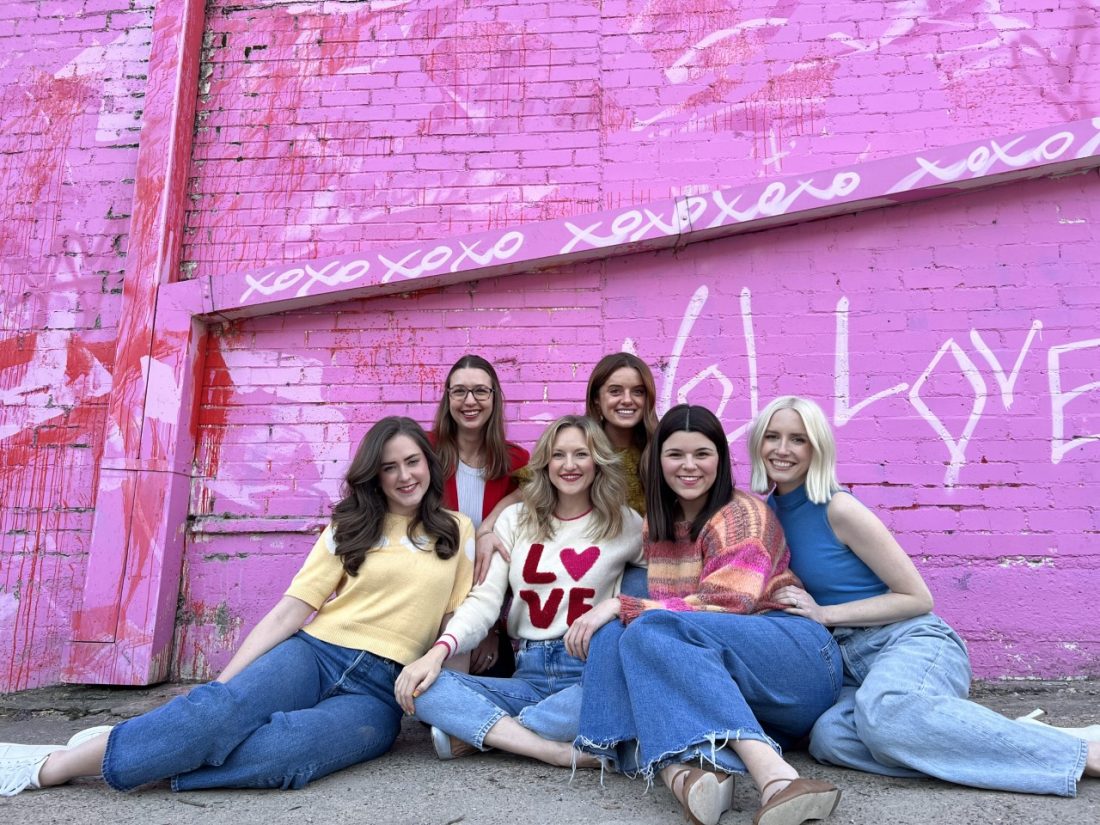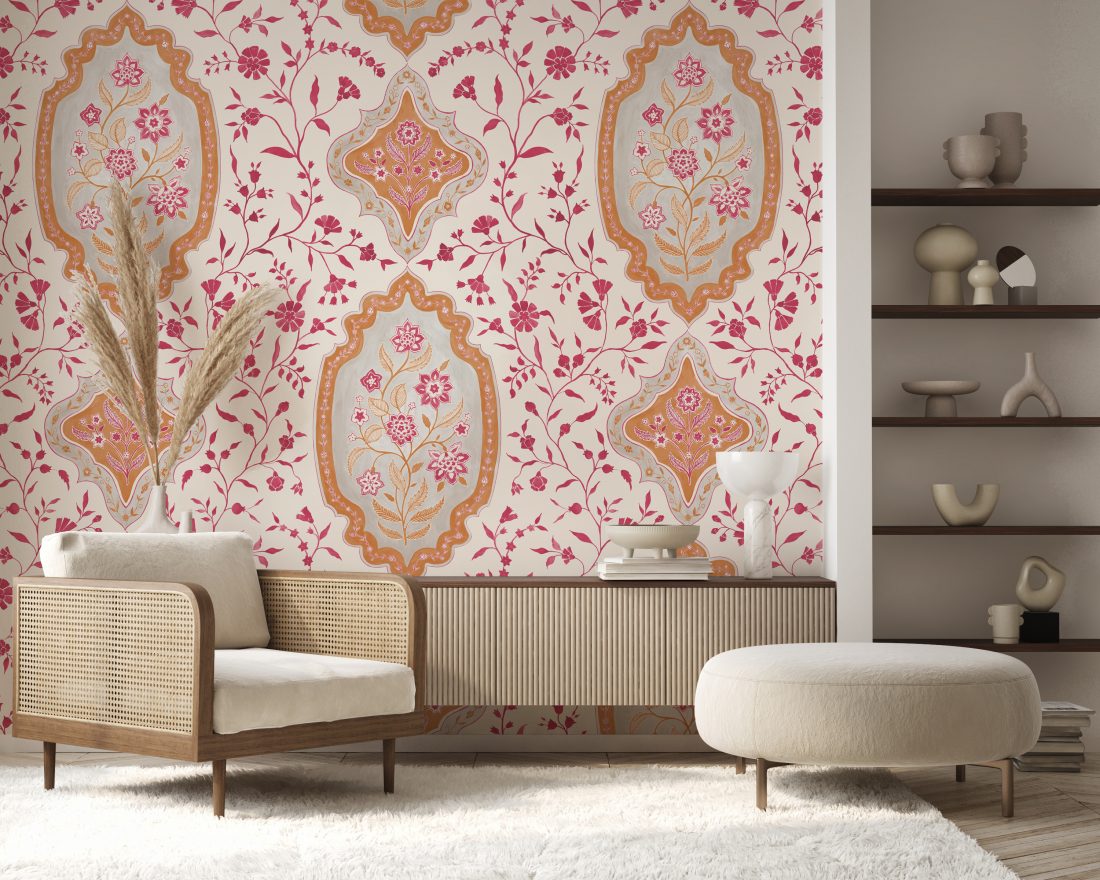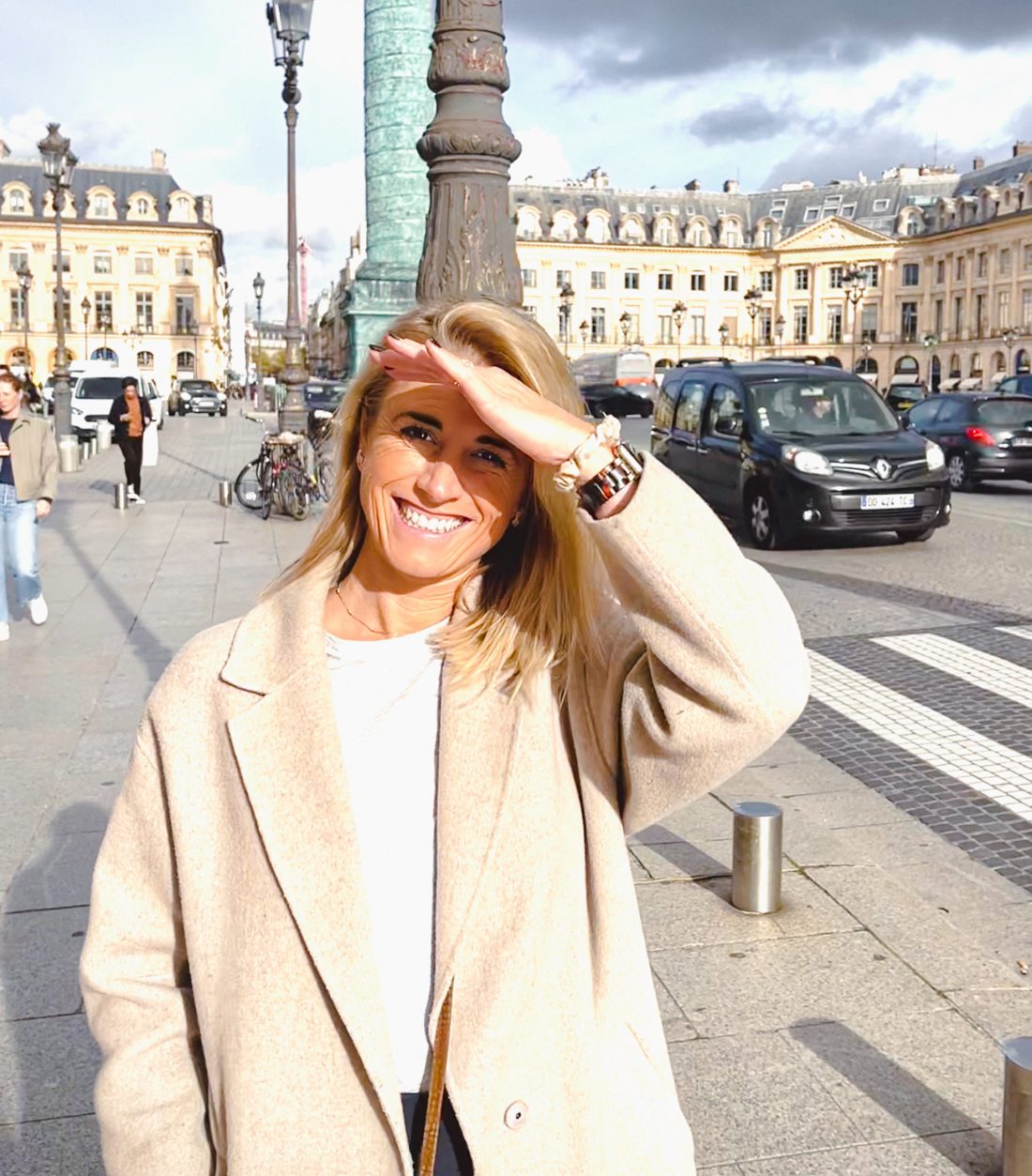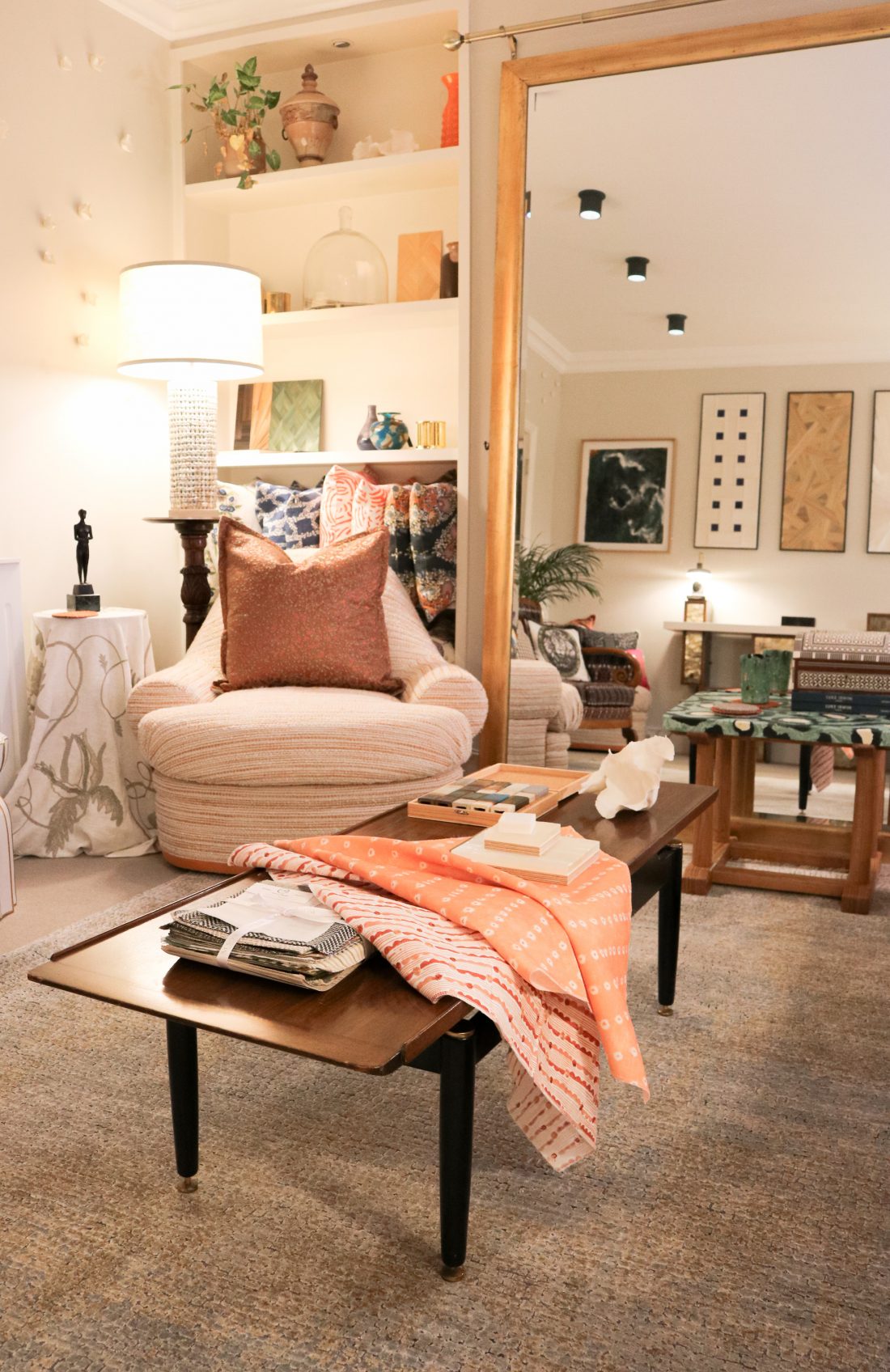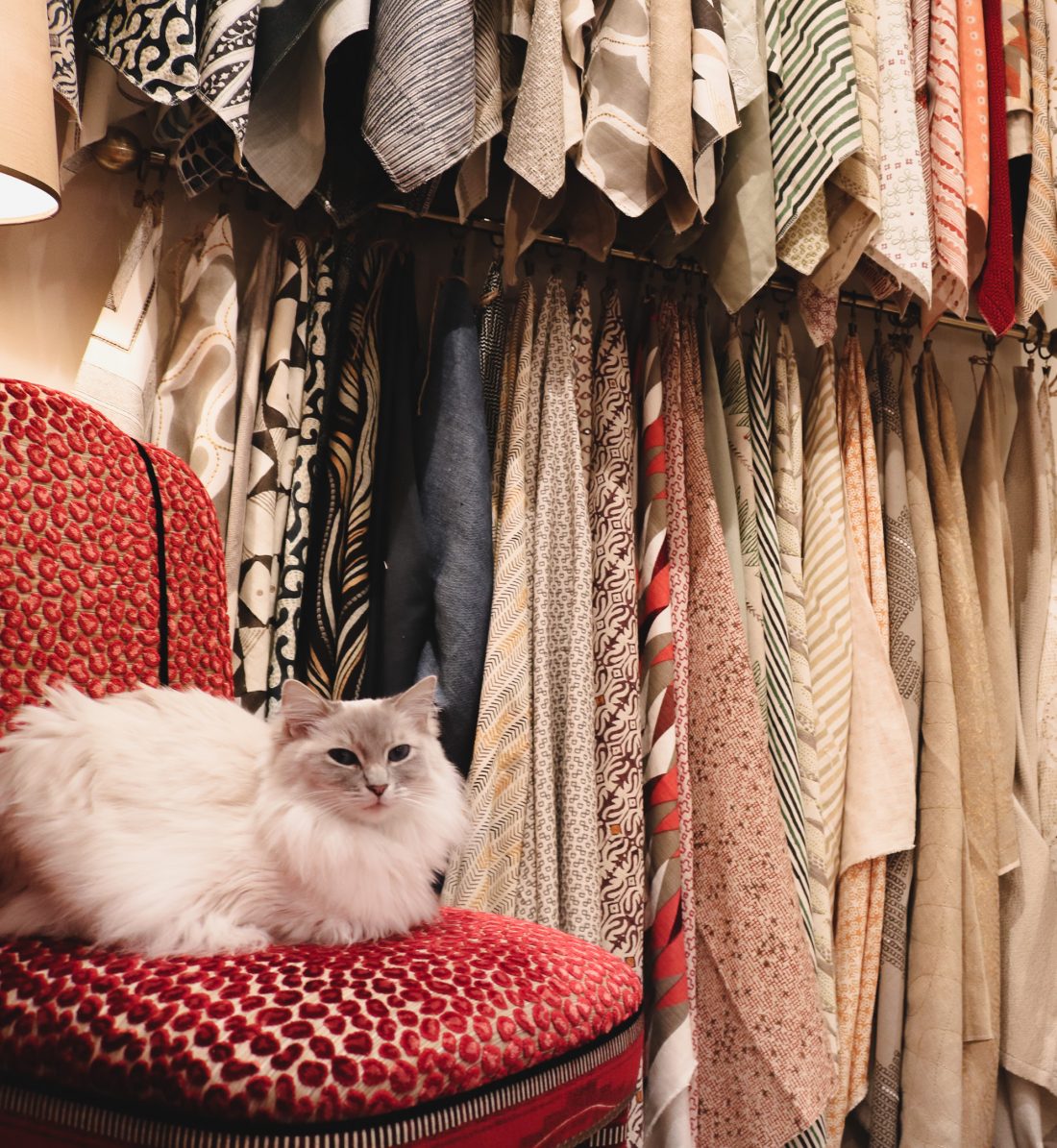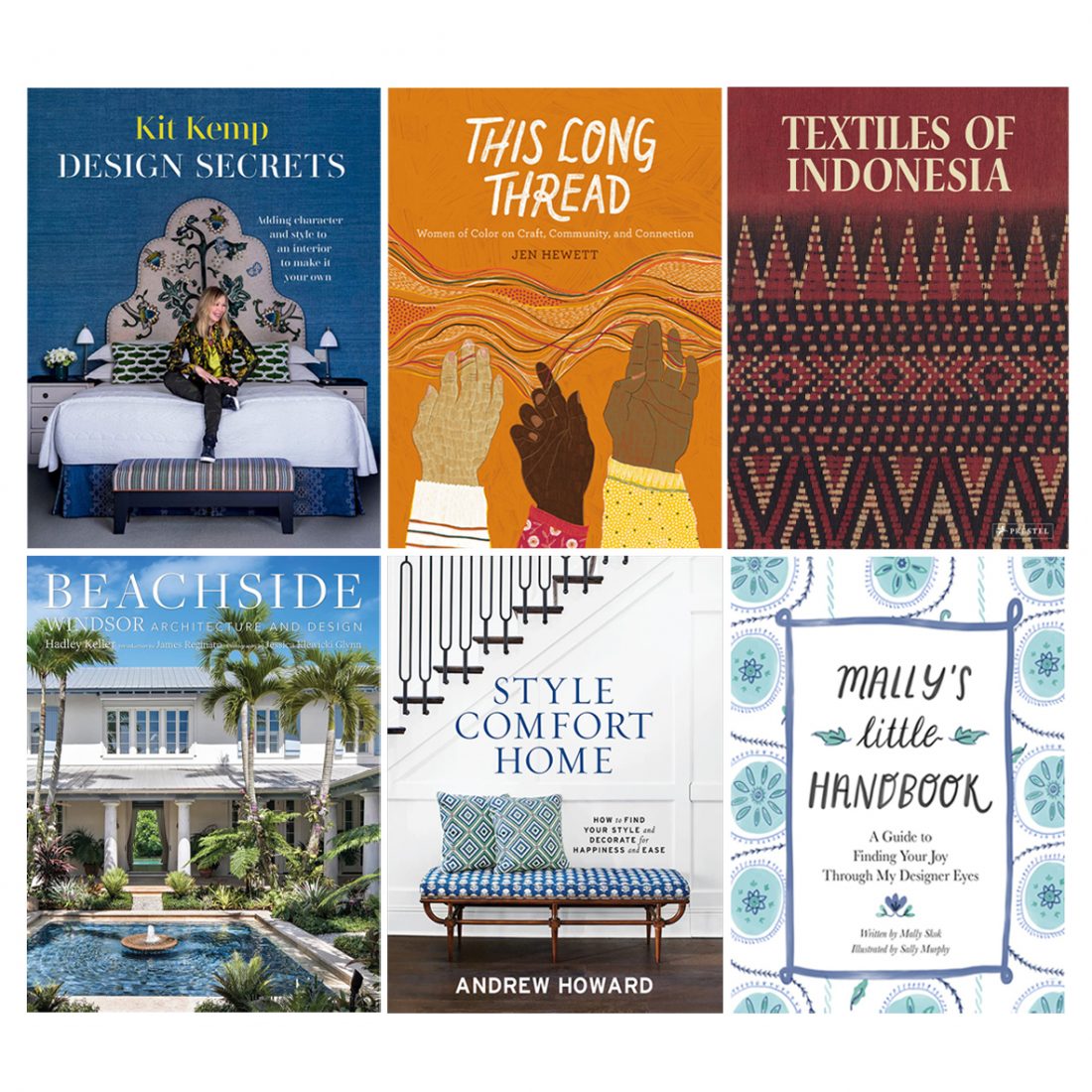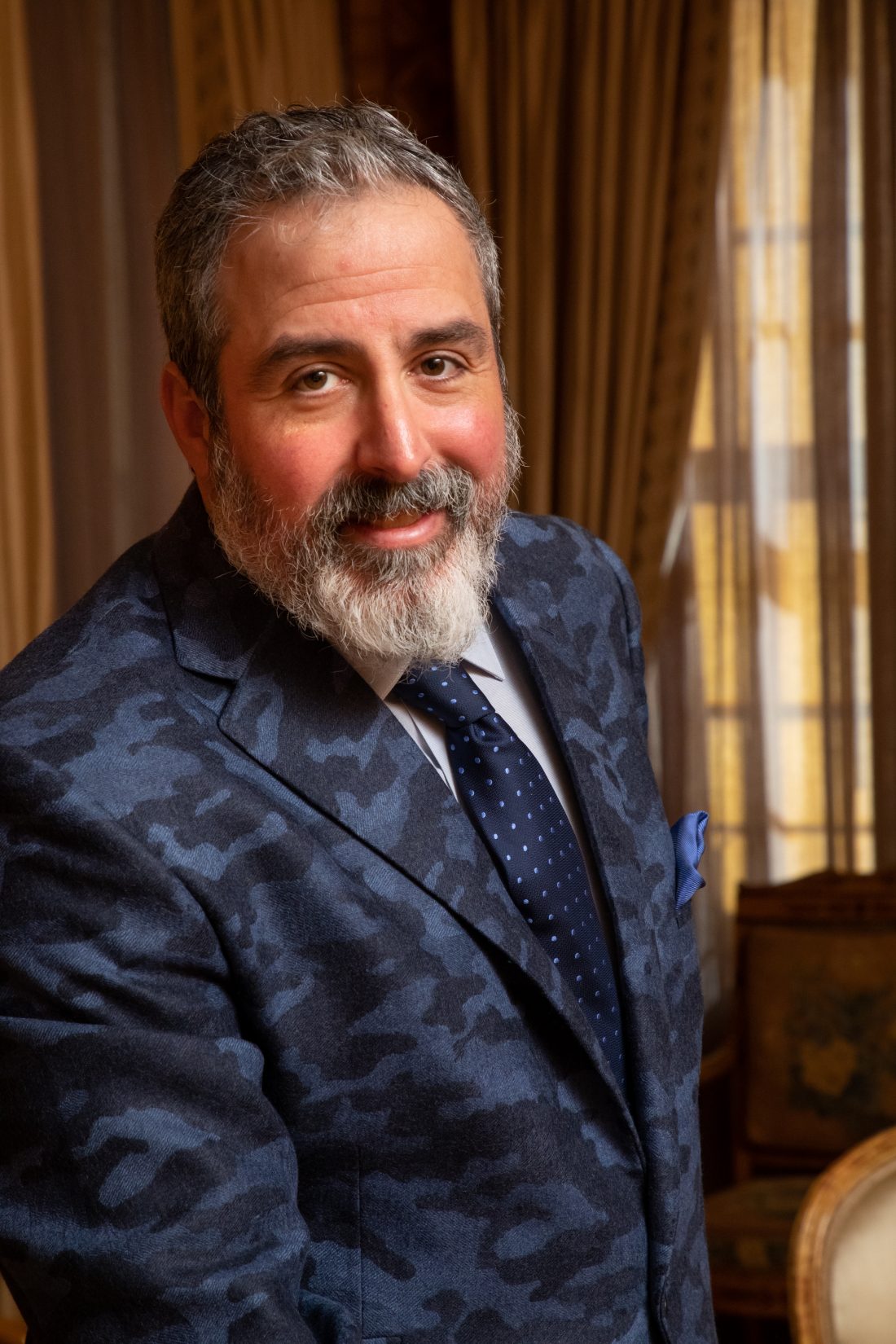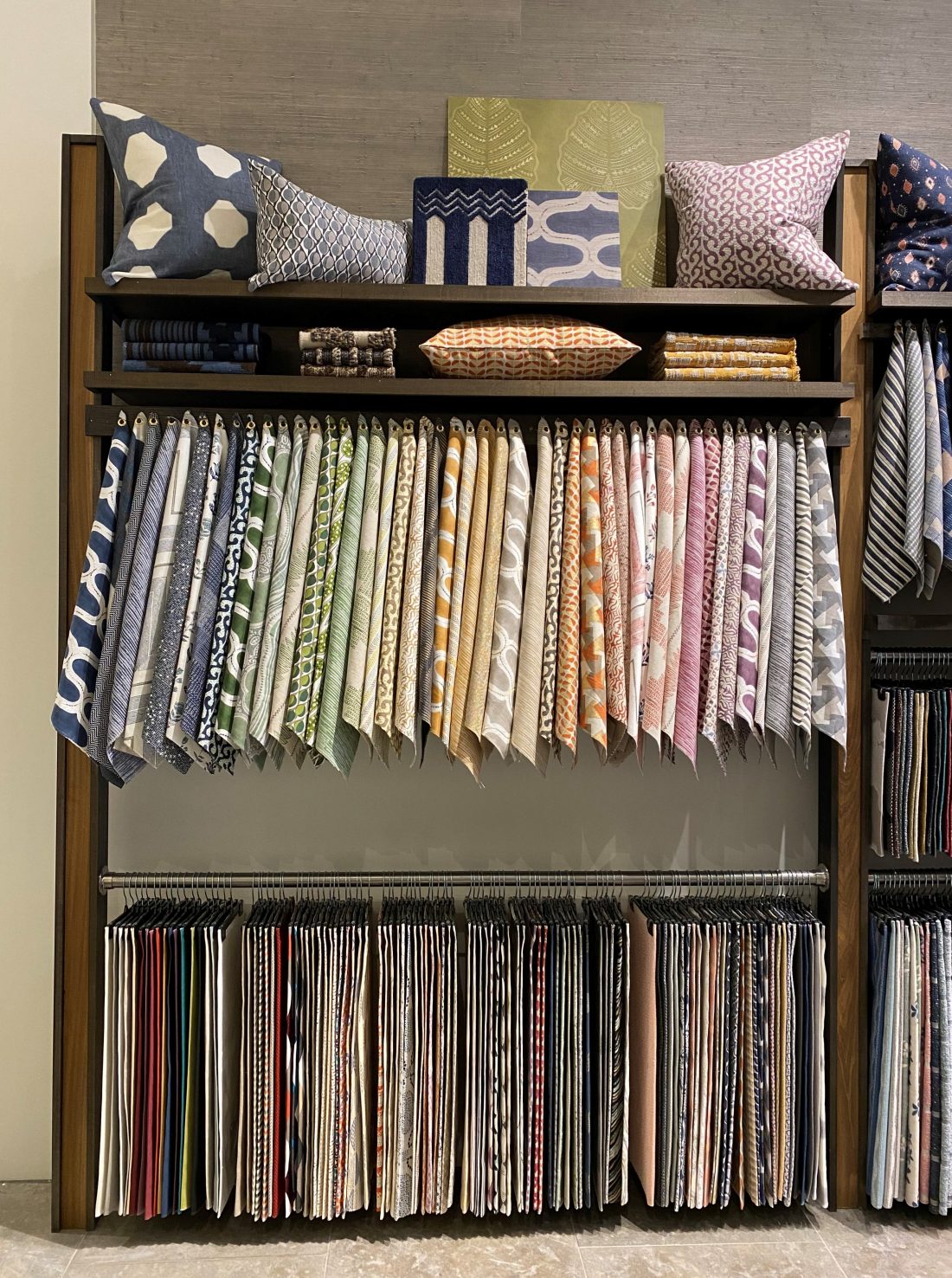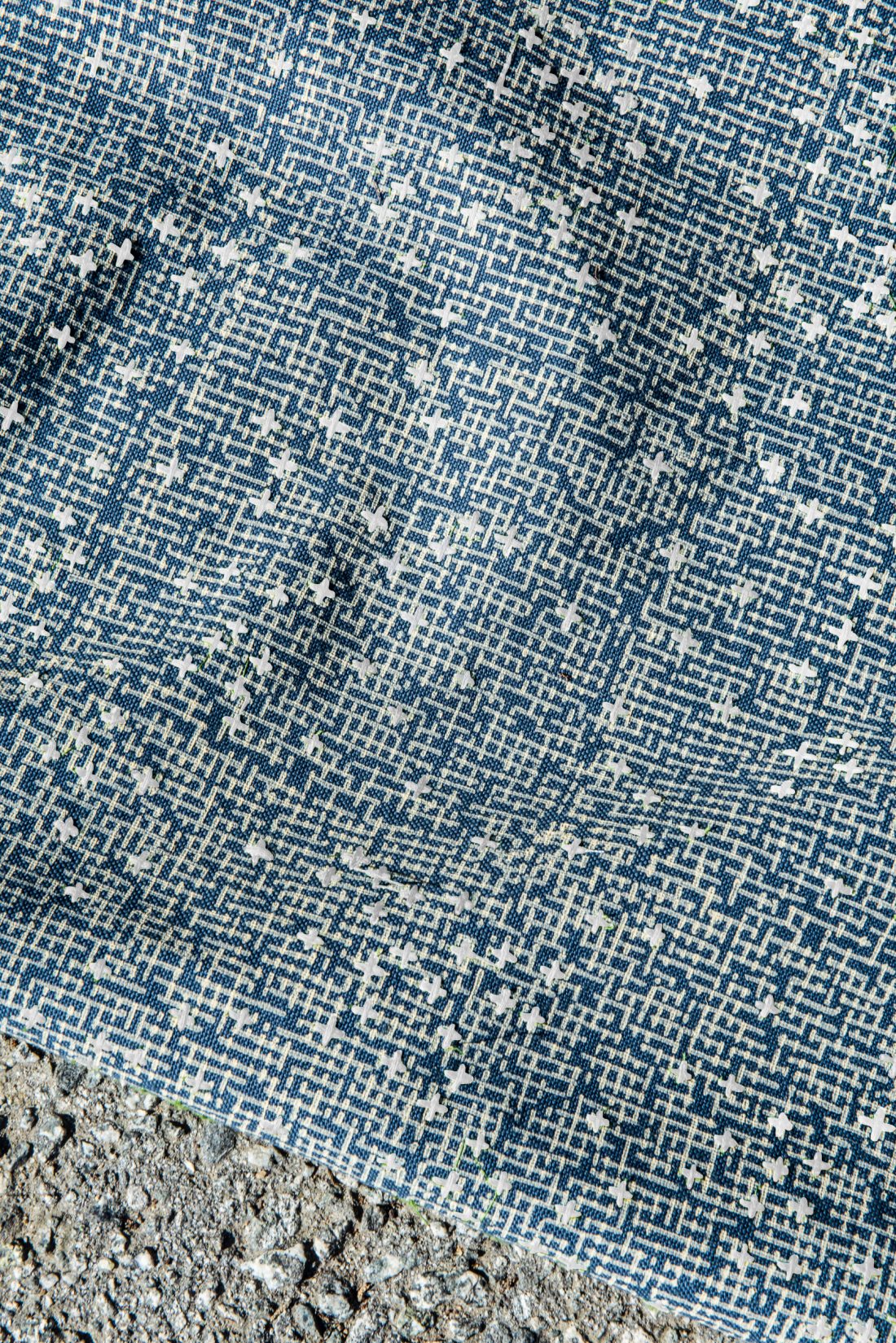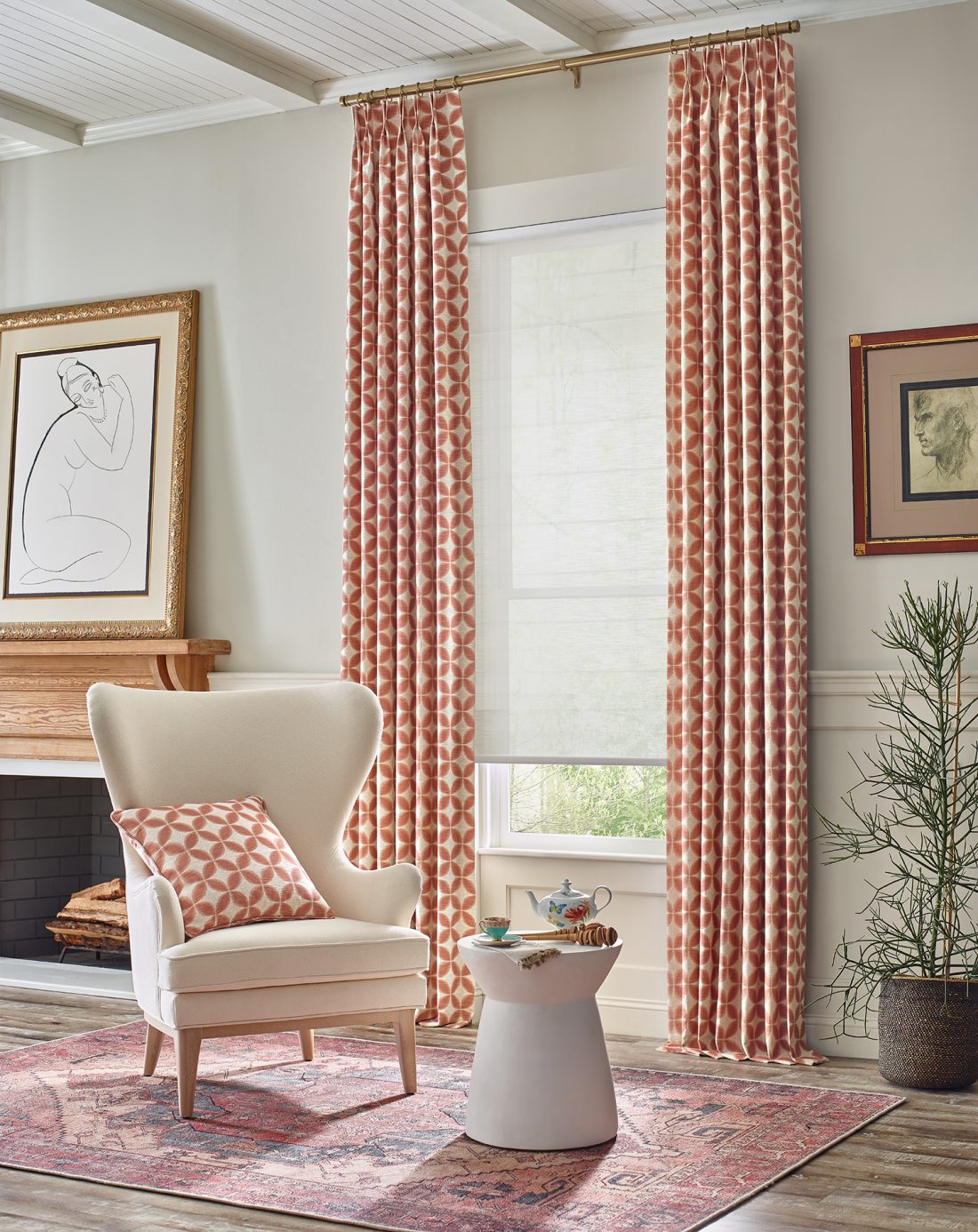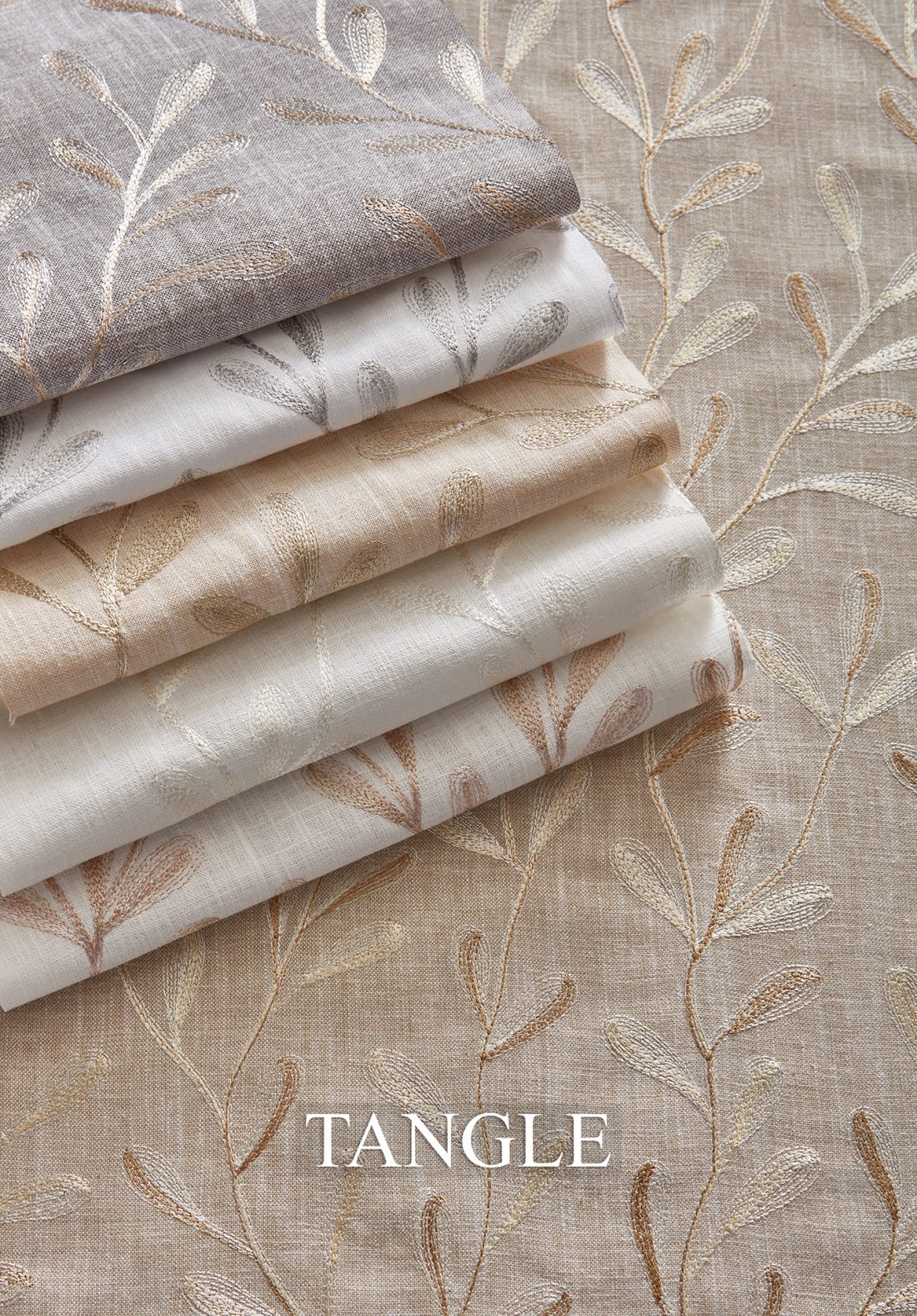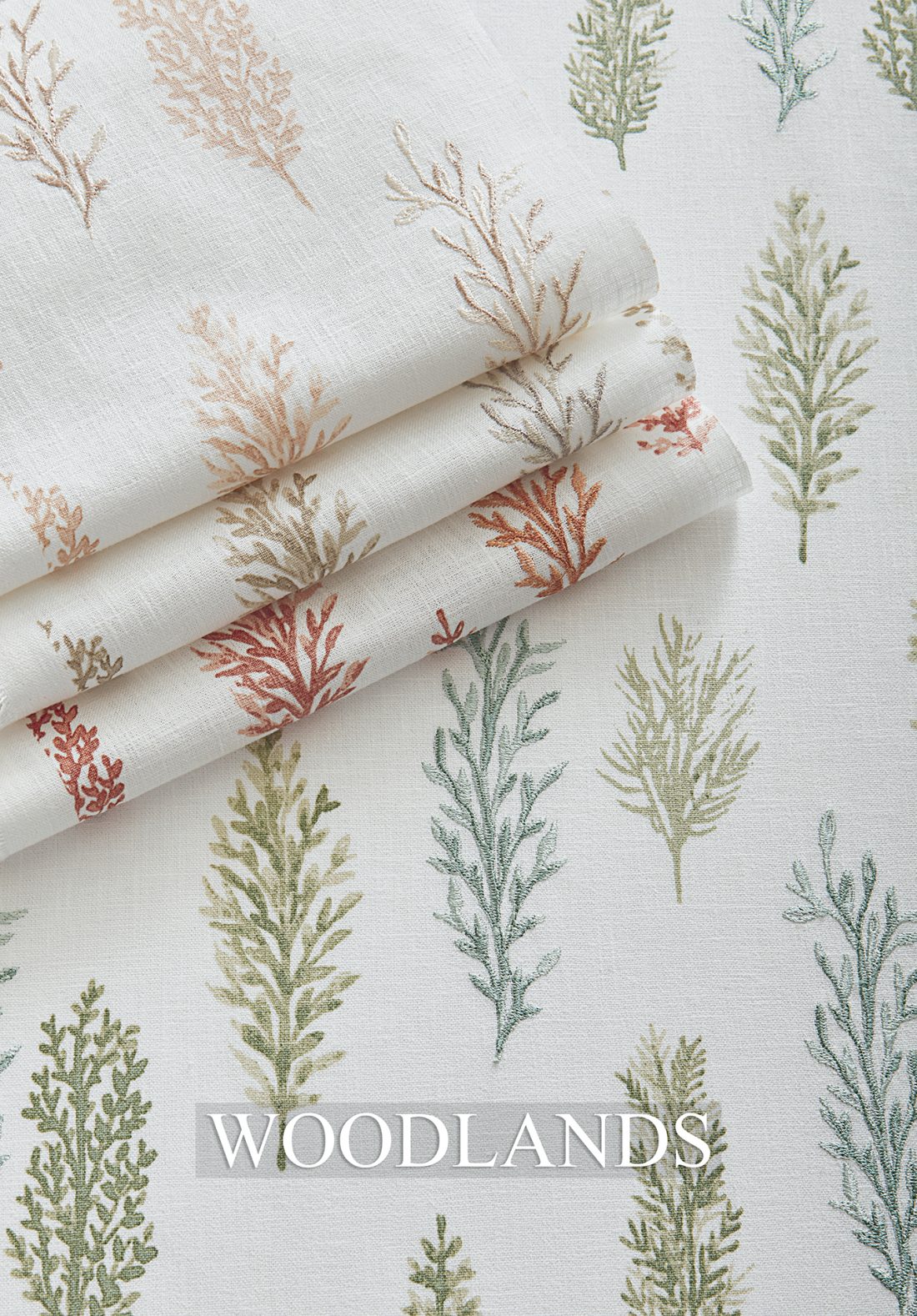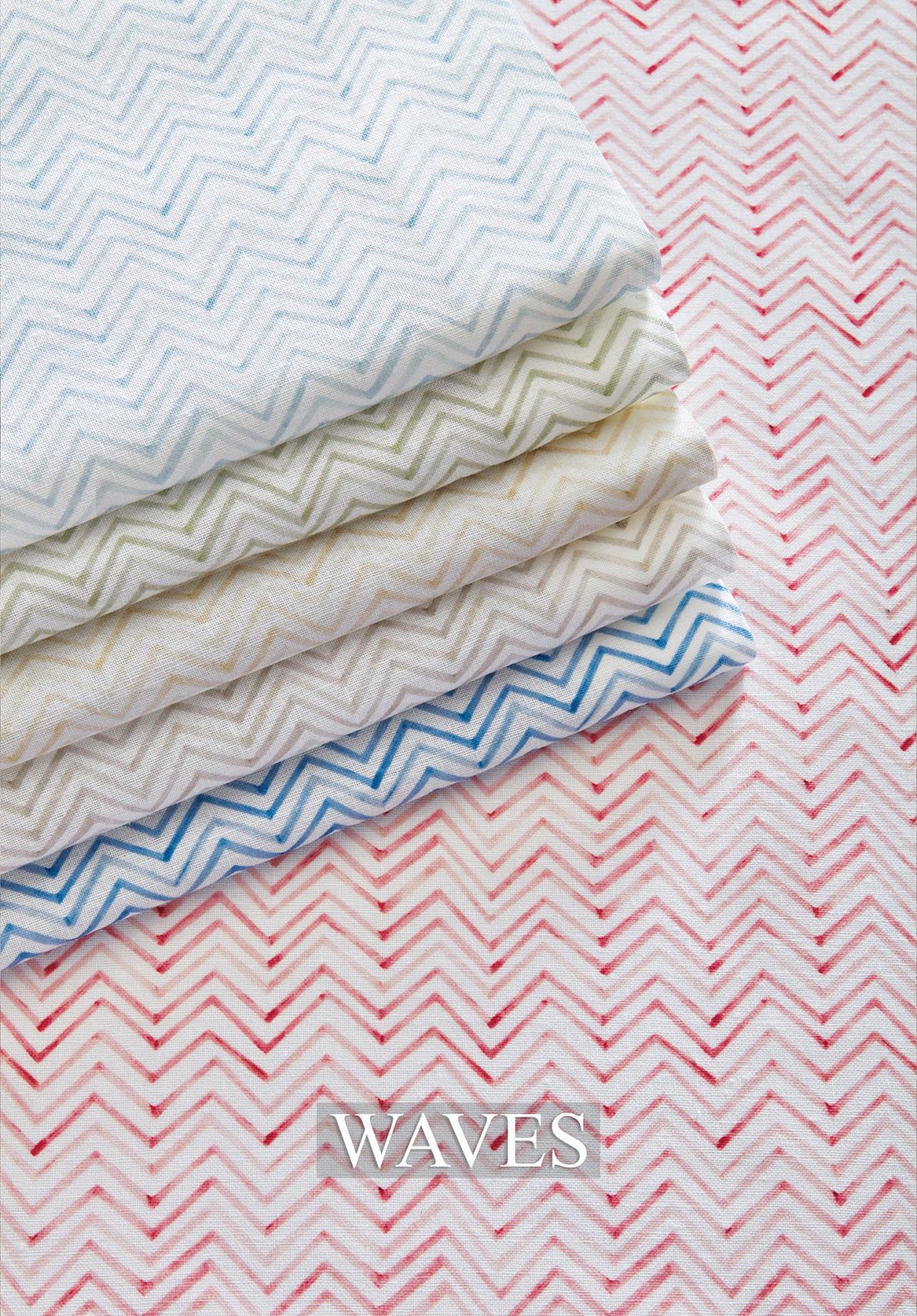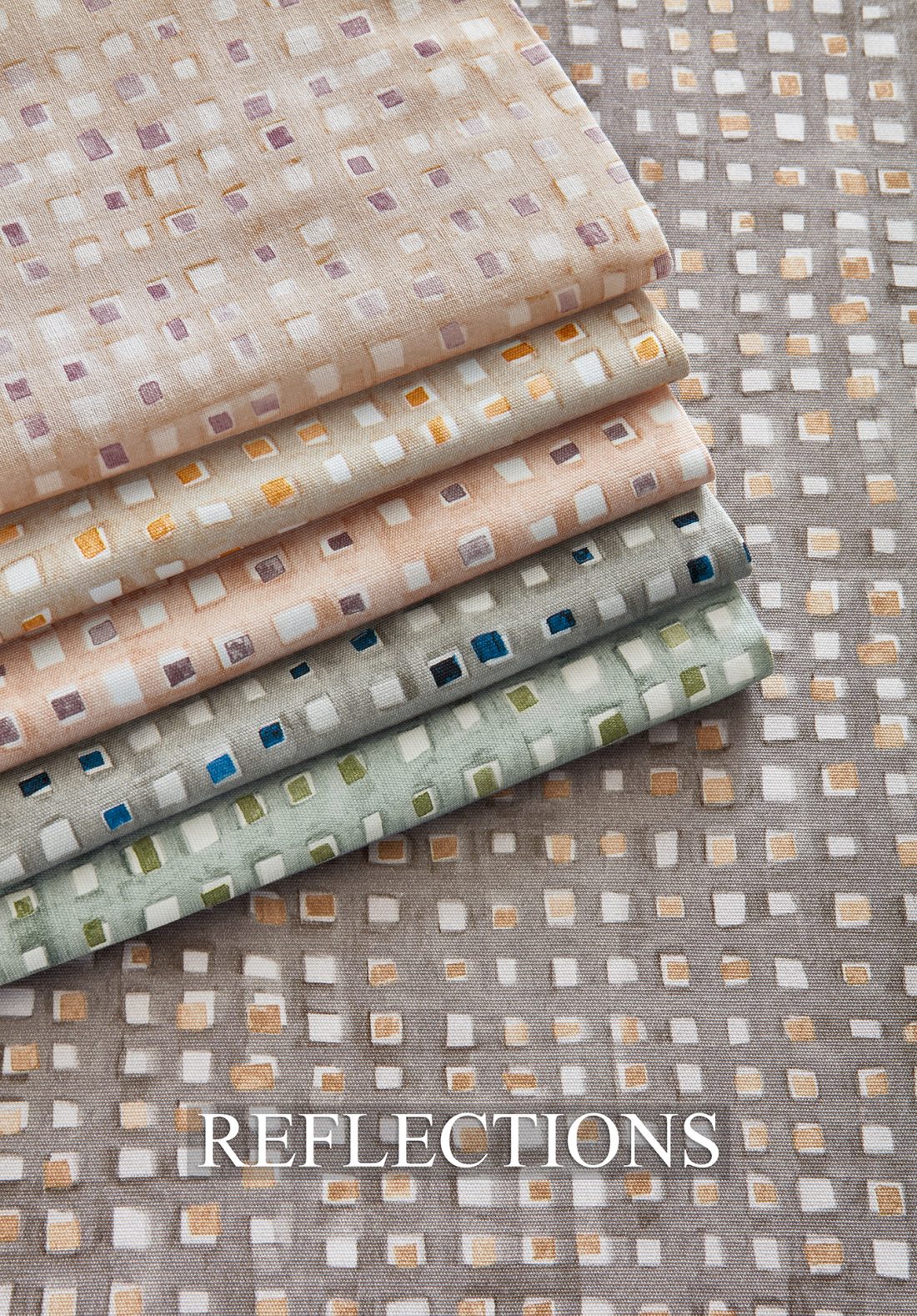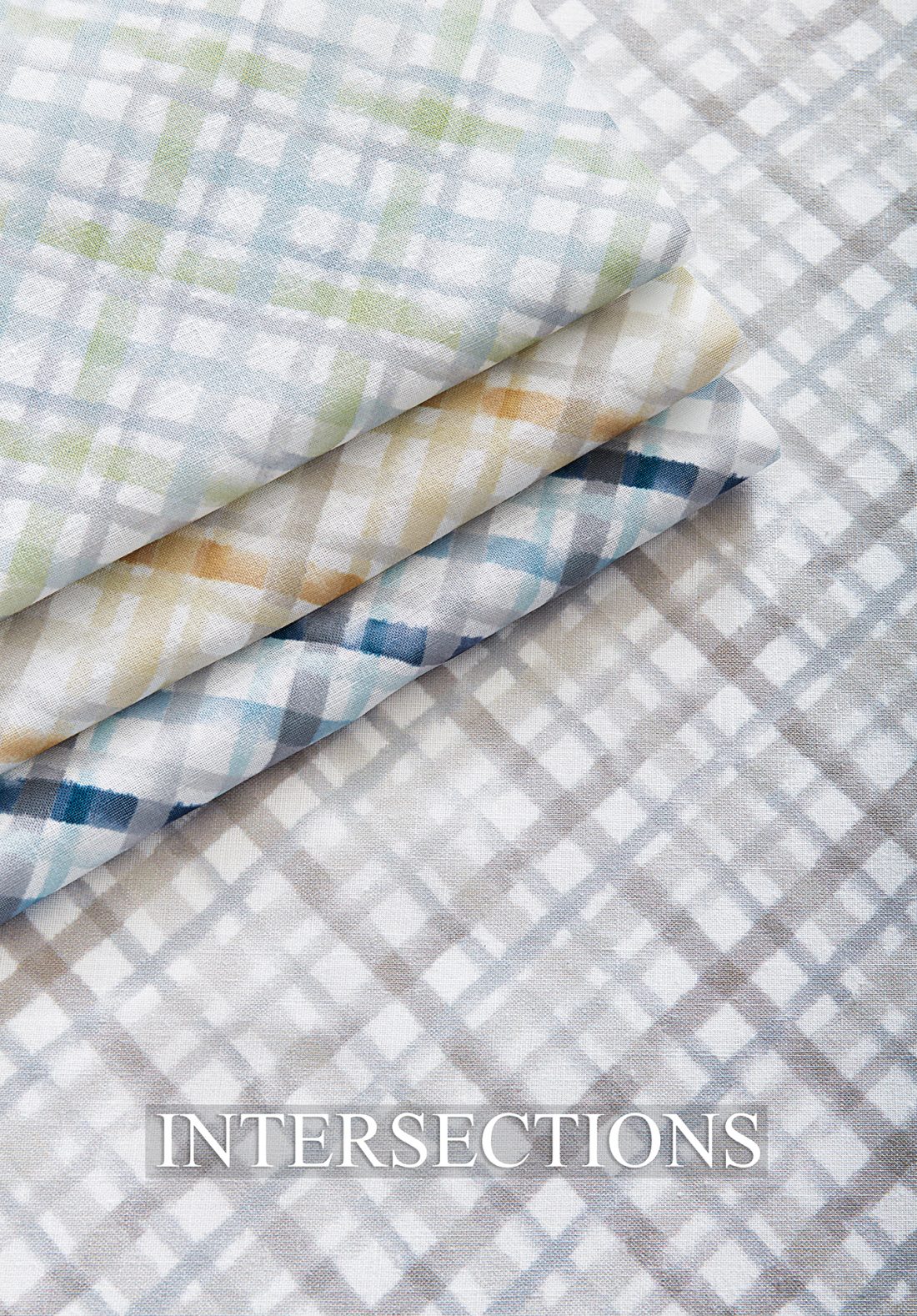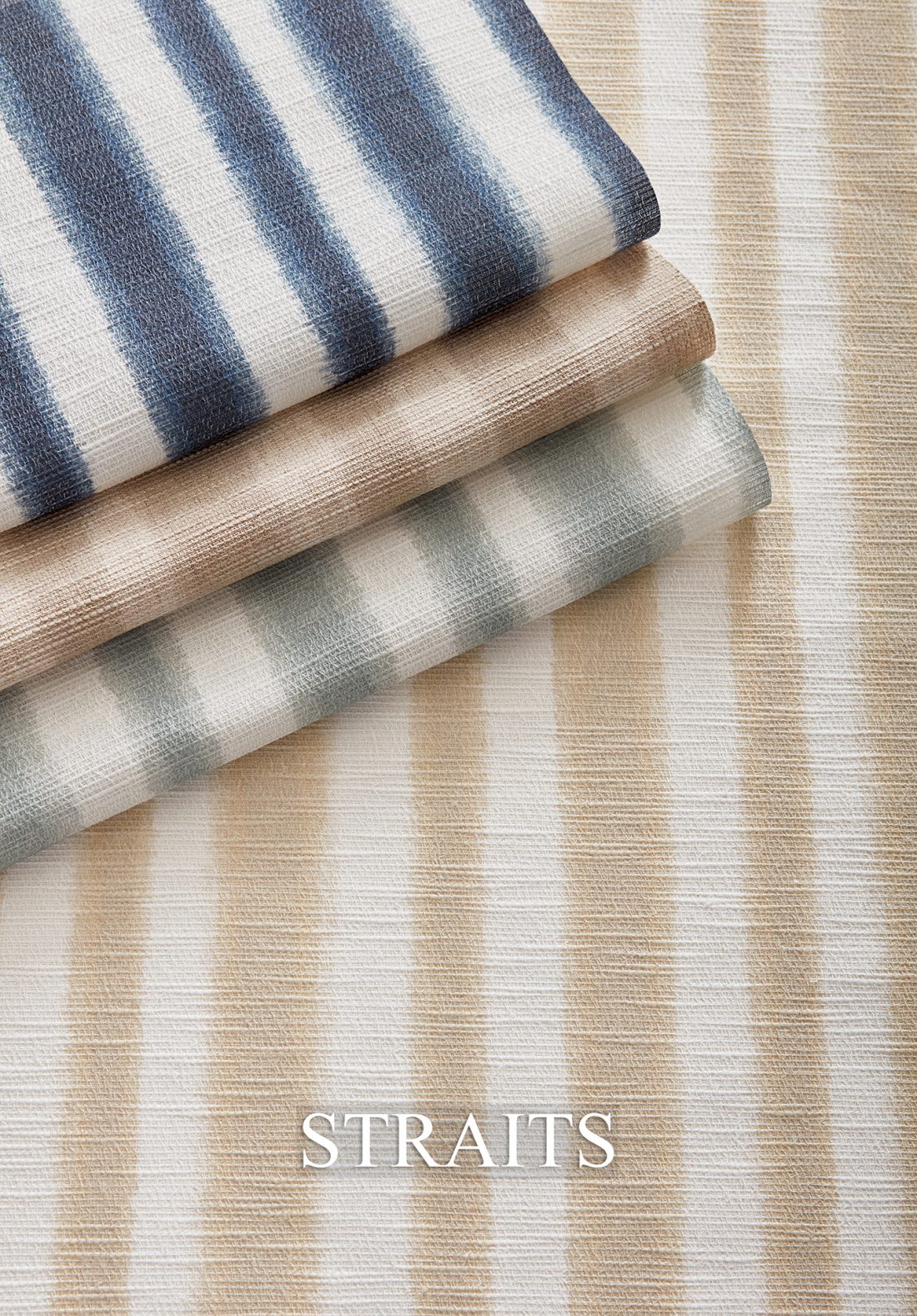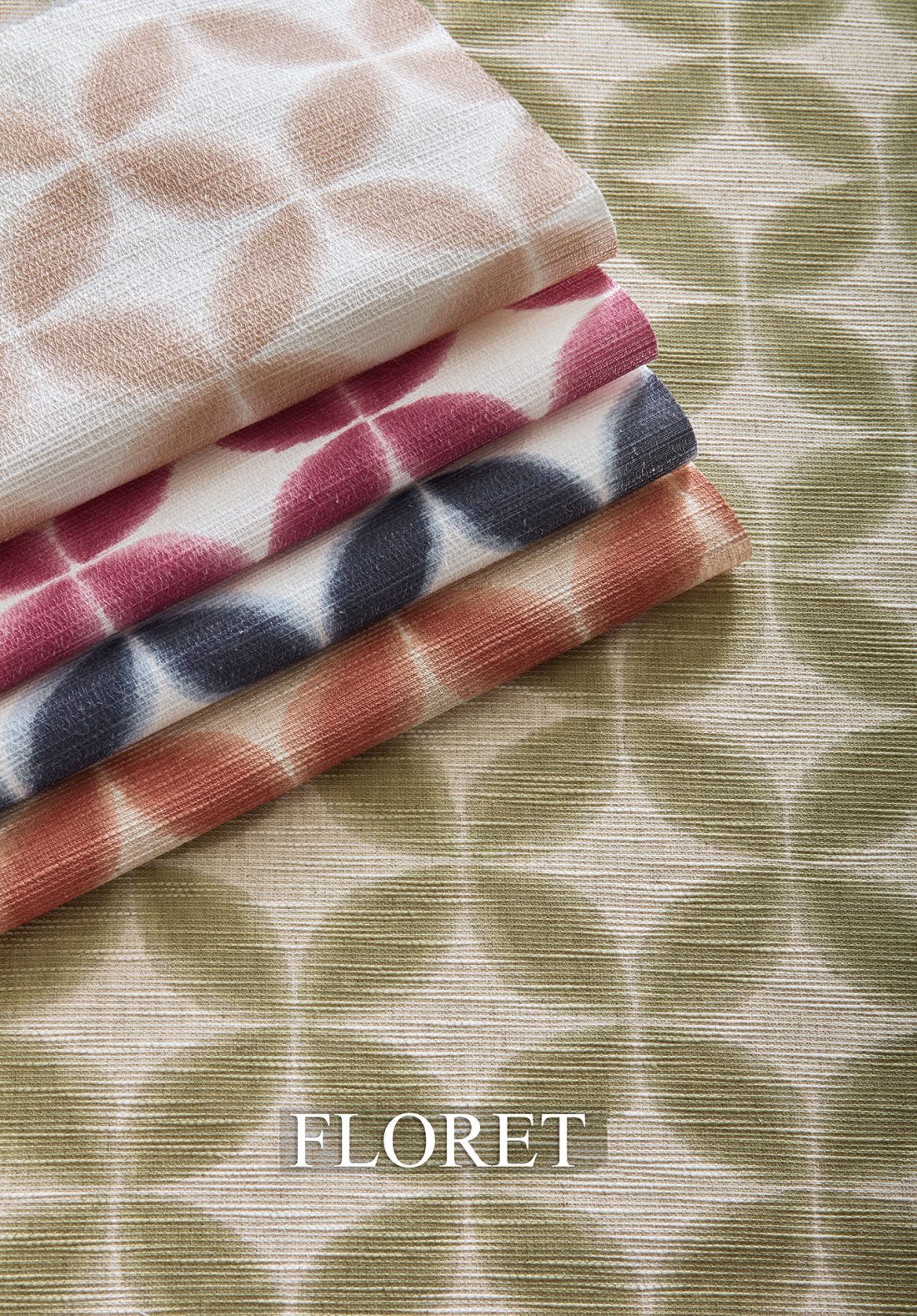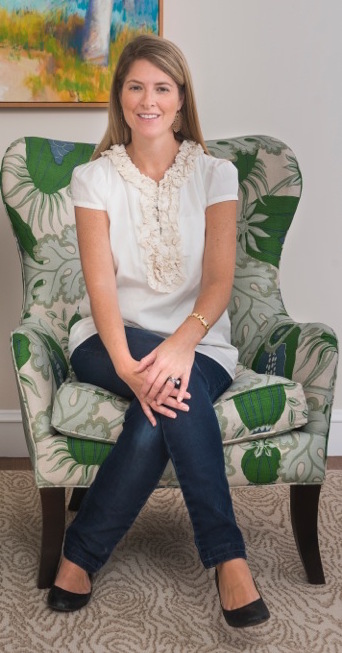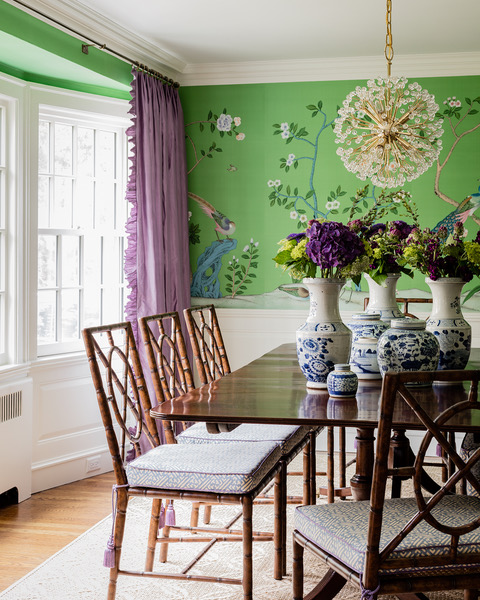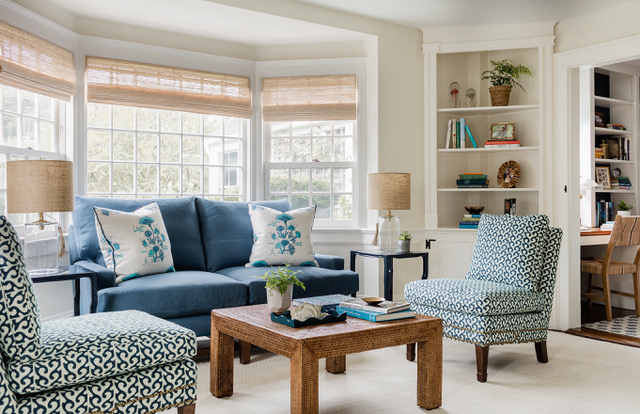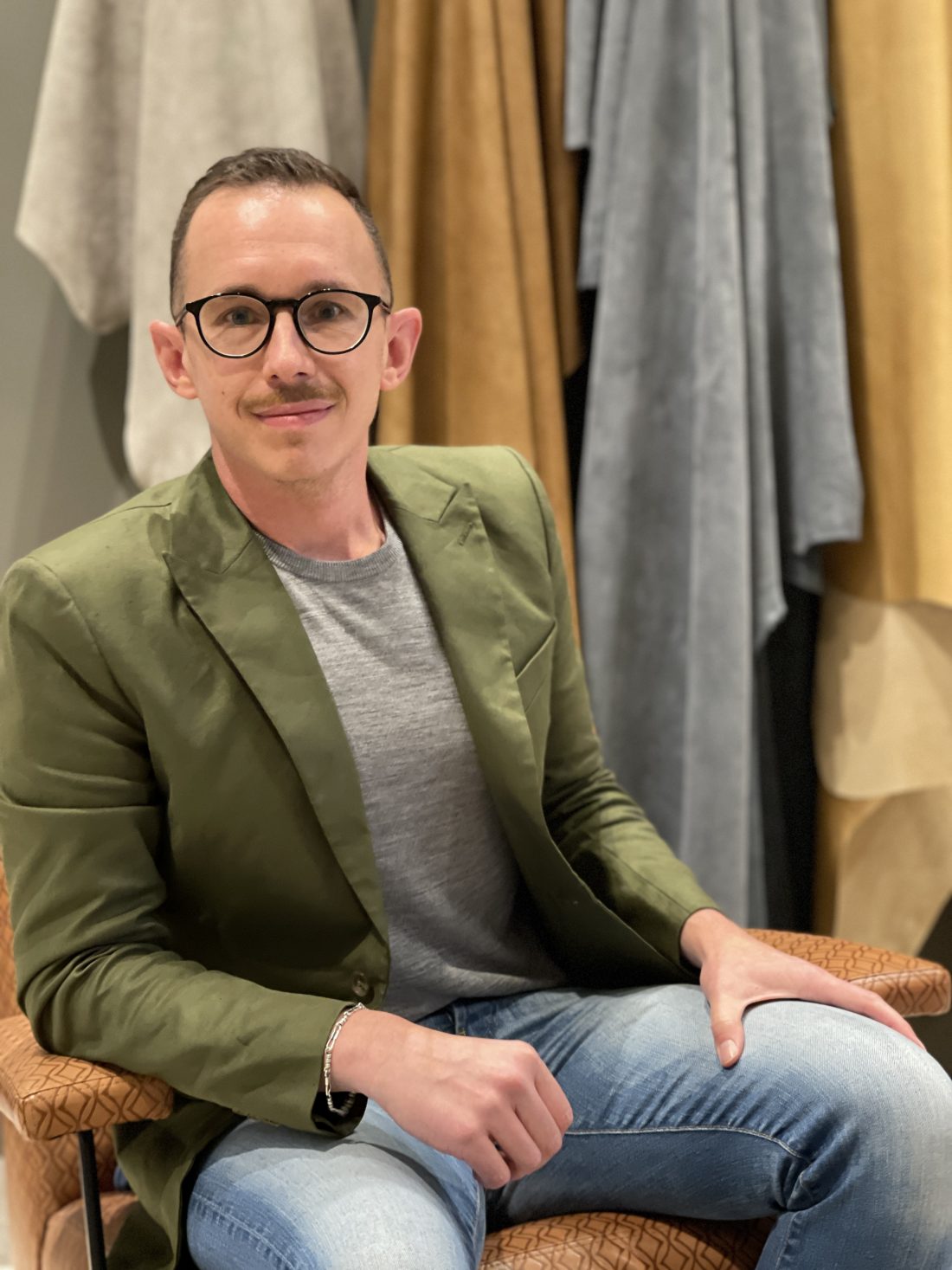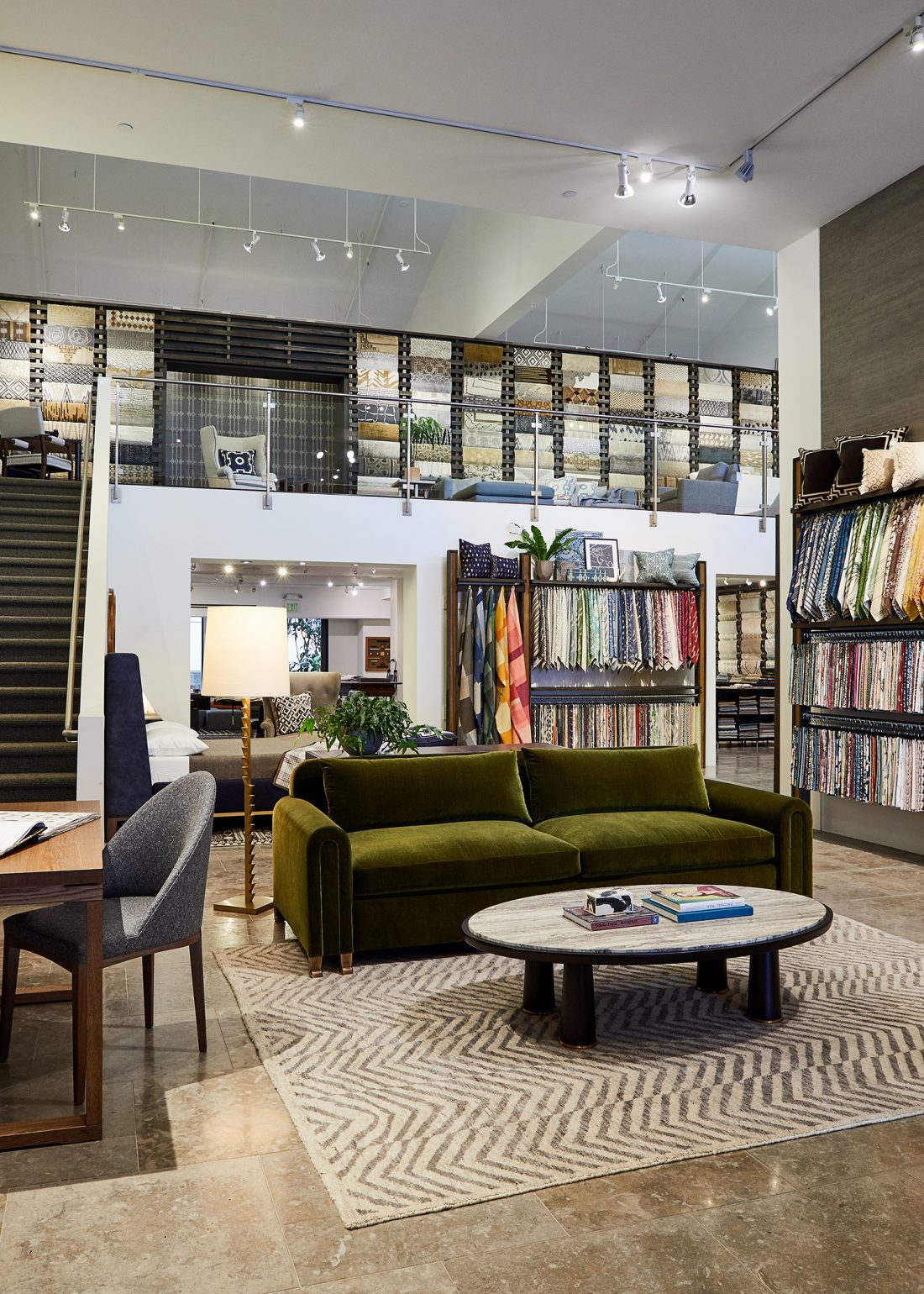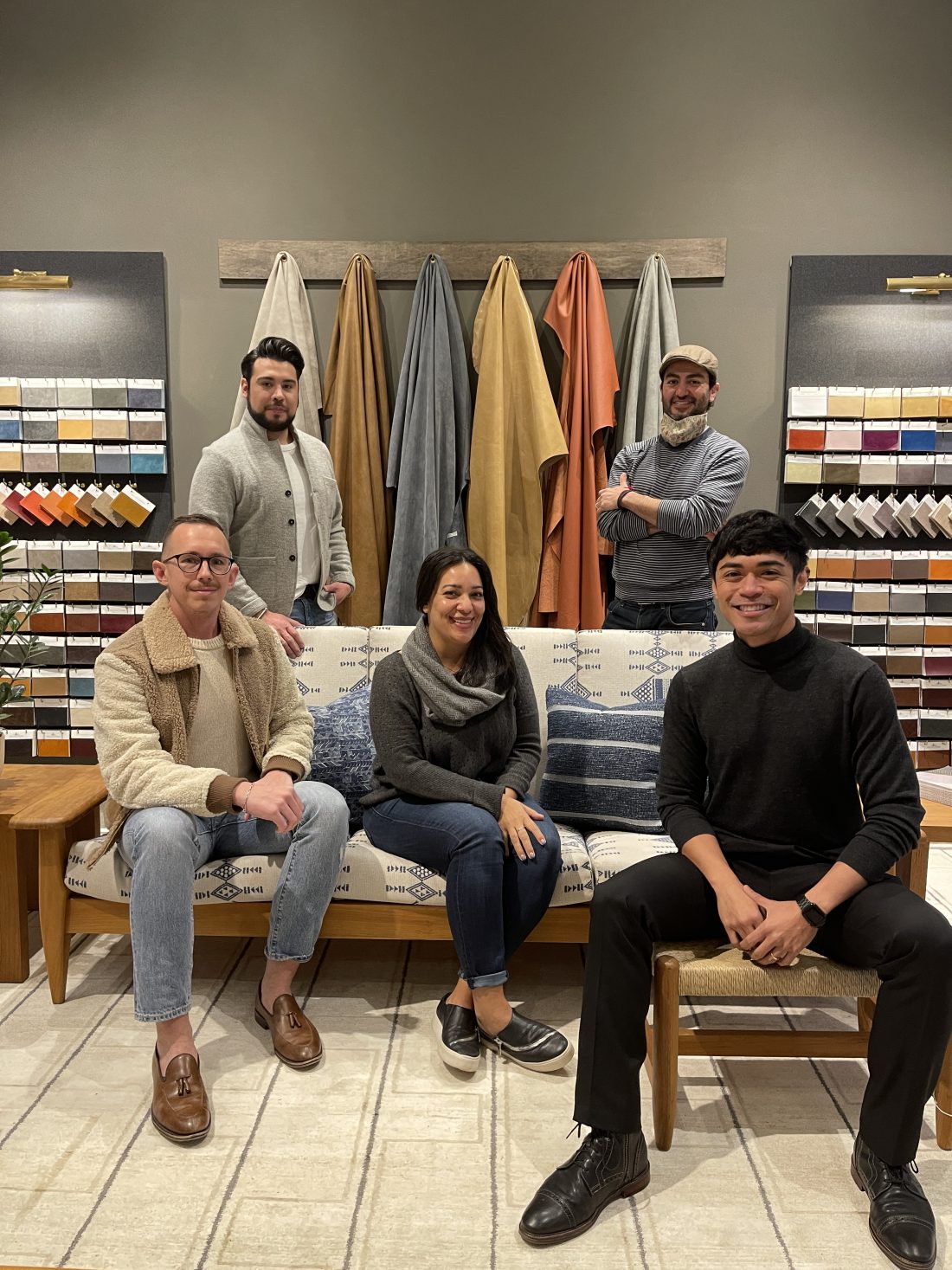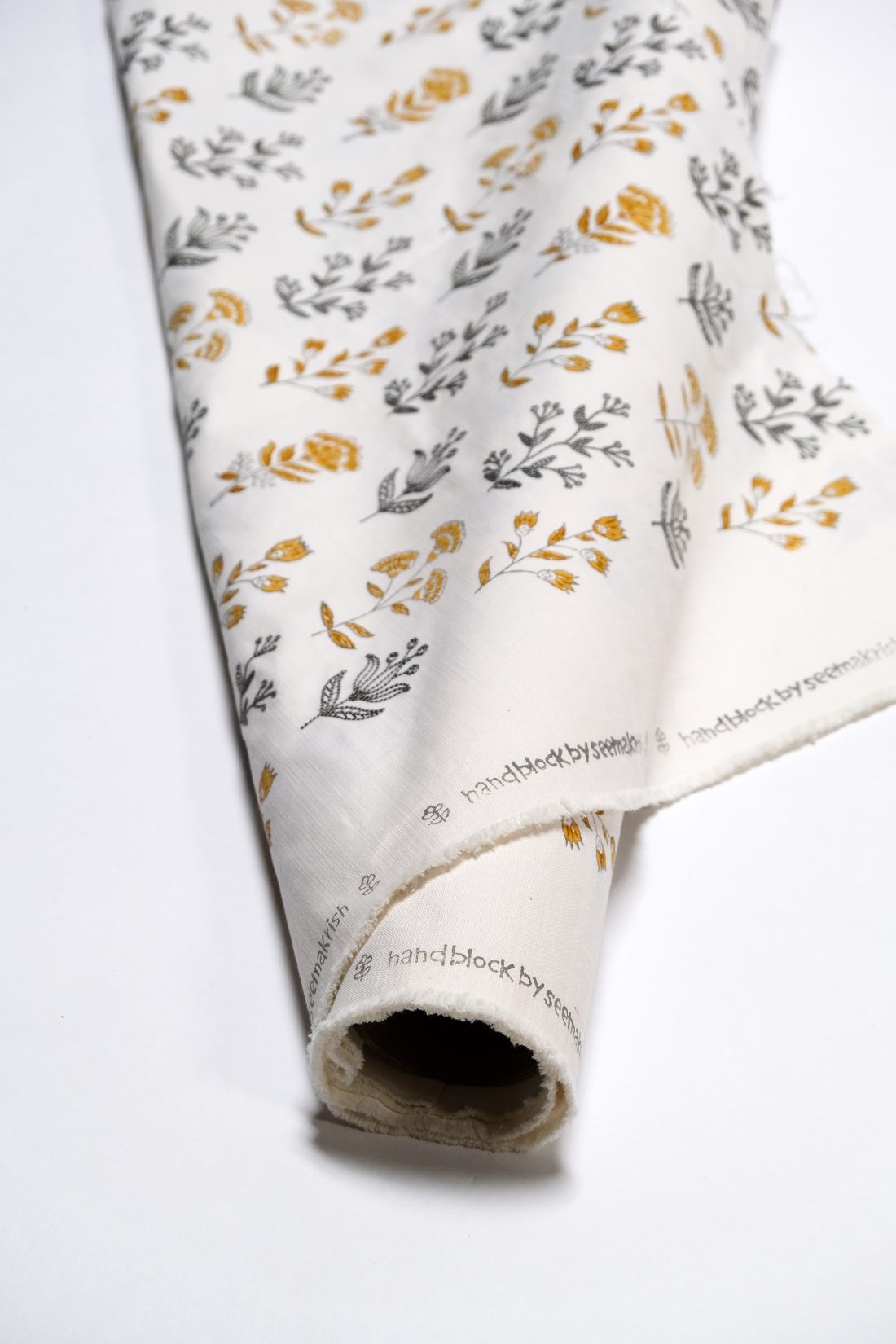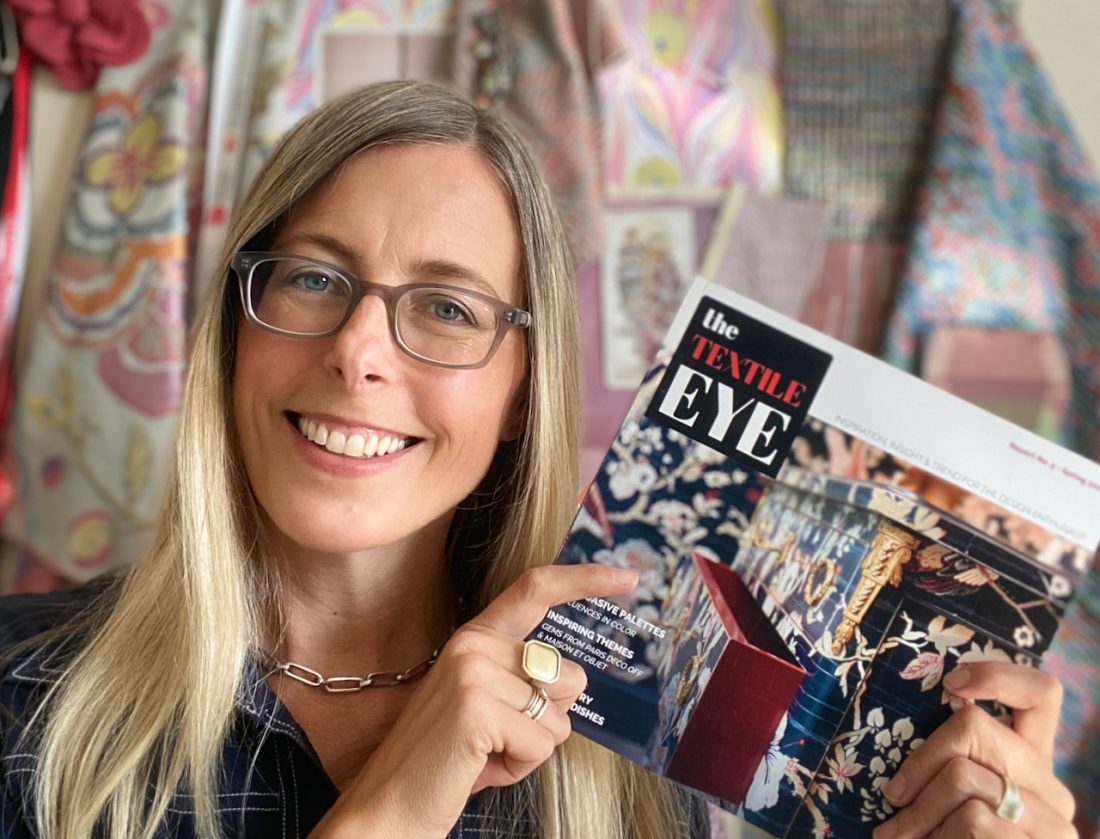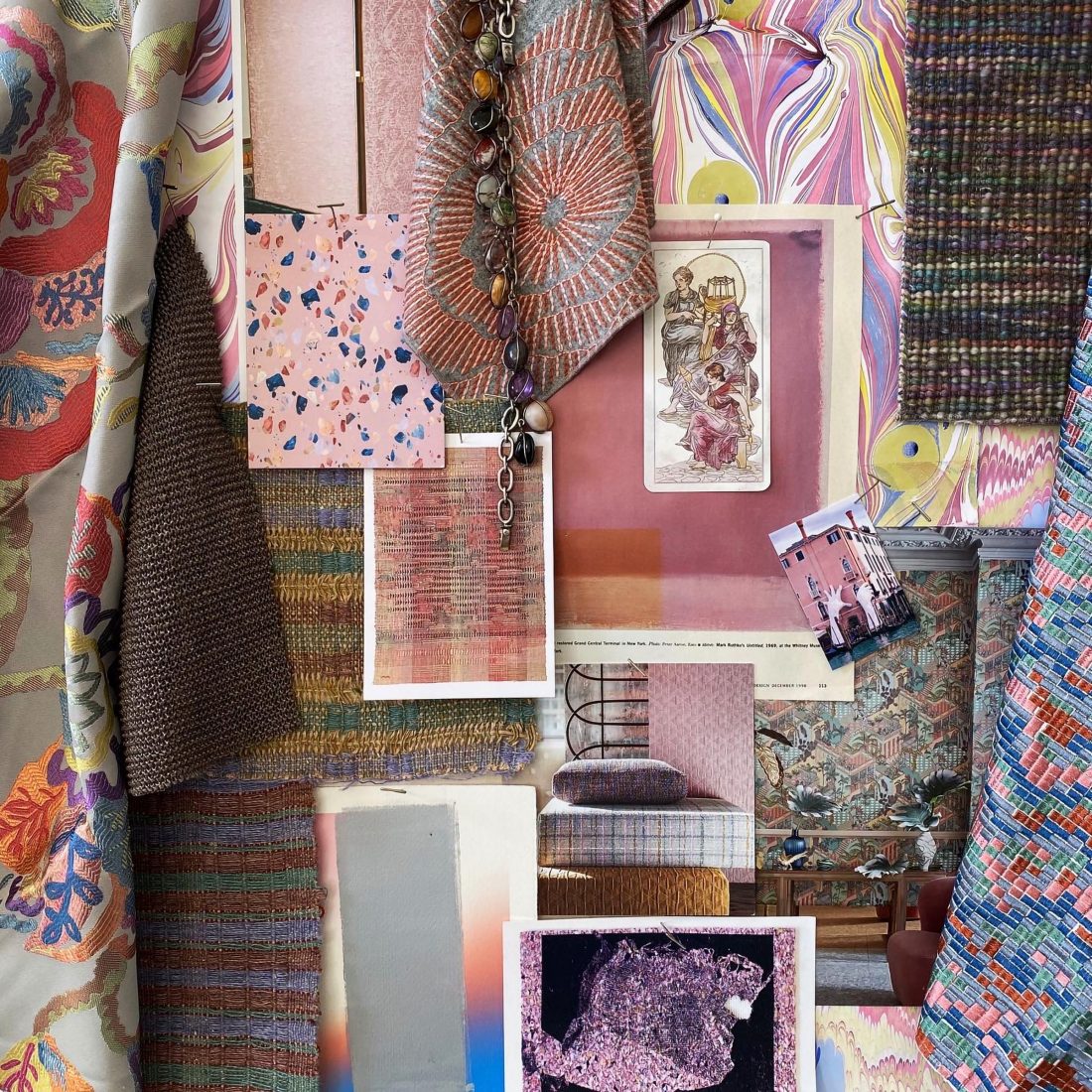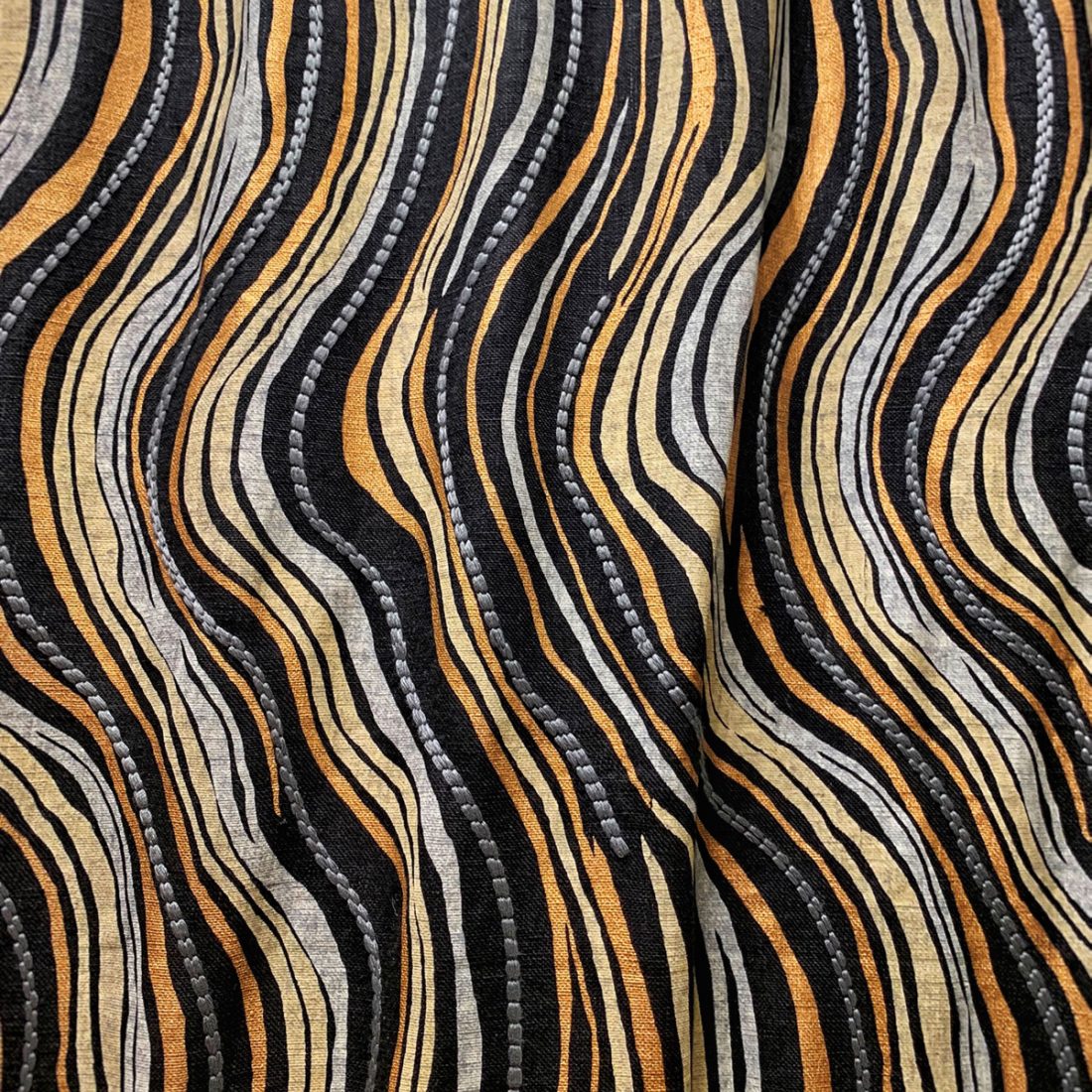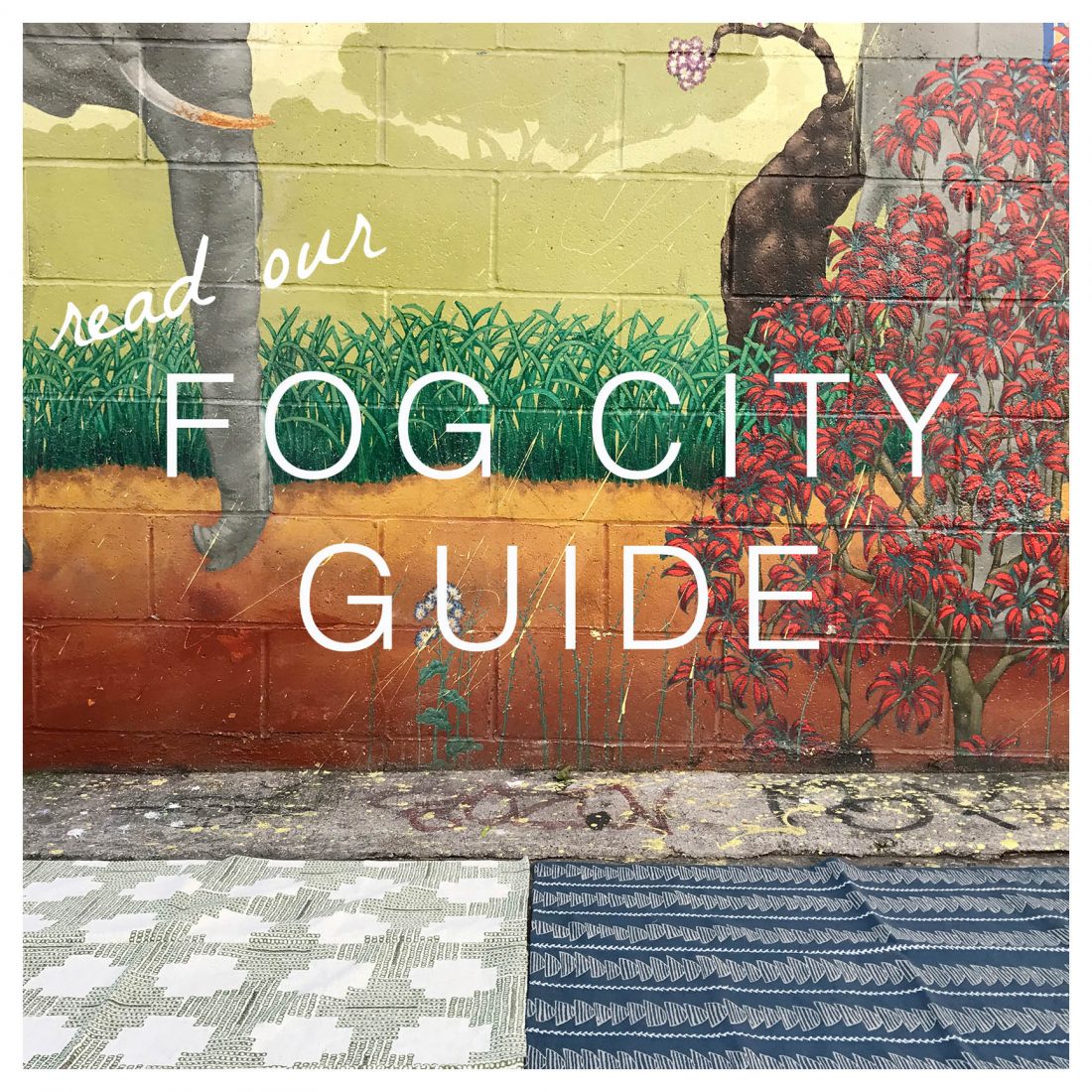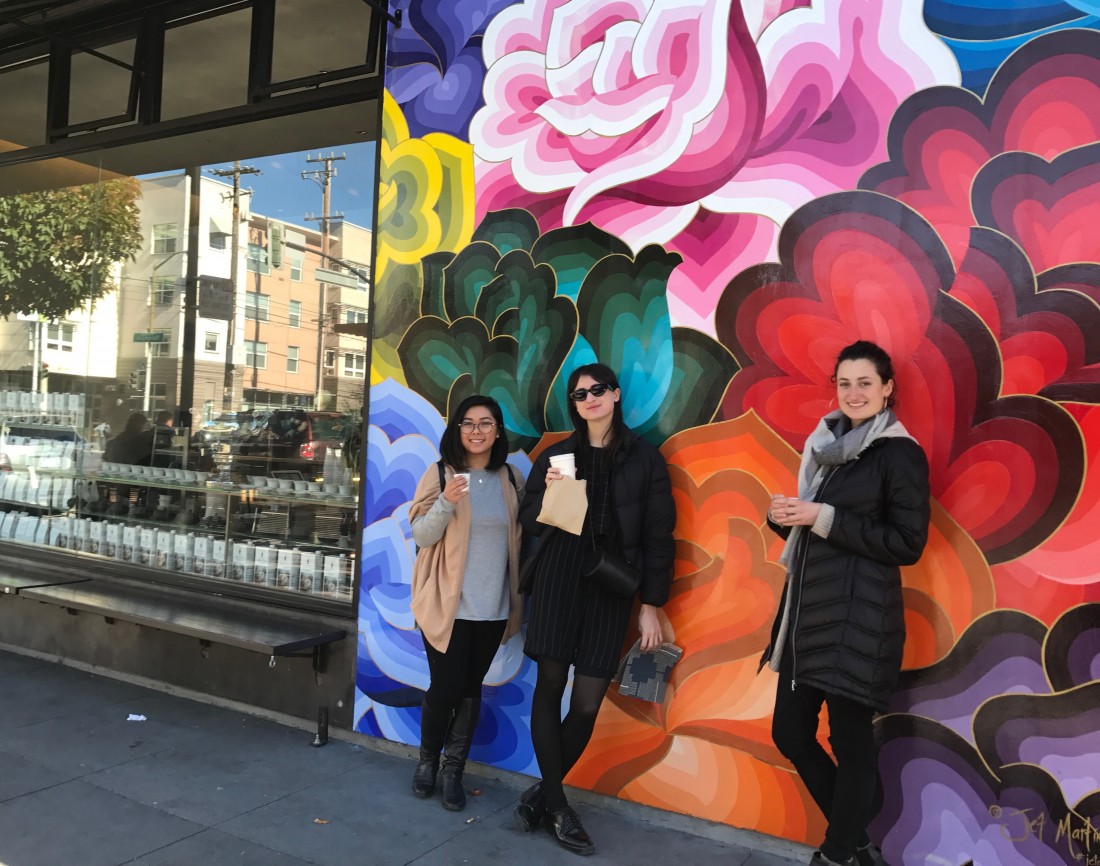
Our favorite places in San Francisco, the city we call home.

♥ JANE’S PICKS ♥
EAT
Java Beach Café A charming place to read or socialize, where pastries, coffee and sandwiches fuel a bustling Ocean Beach crowd. Rent a bocce set and play the courts just outside, or walk across the street to walk in the sand and say hello to the Pacific.
Bask This beautiful and cozy spot just a block from the Transamerica Pyramid offers delicious and varied tapas and wine, with an authentic and unpretentious feel.
Tammy’s Chicken In Waffles The stunning view of the city from Treasure Island is made more fantastic with buttery waffles from this walk-up gem, right by the island entrance.
SHOP
Bi-Rite Great for grabbing sandwiches or drinks on your way to the park. They also have a particularly lovely selection of local and responsibly grown flowers year round.
General Store A study in elevated current California trends- this “emporium” is good for shopping or just ogling the interior and taking design notes.
Books and Bookshelves Zero frills and very little wood finish- this shop on the corner provides personal assistance and advice, custom orders, and thoughtful poetry and artwork.
SEE
Conservatory of Flowers This stunning example of Victorian-era design is the oldest structure in Golden Gate Park, and contains gorgeous plants, deliciously humid air, and endless photo ops.
Mt. Sutro Interior Greenbelt A half-mile trail winds through a lush Eucalyptus forest tucked between neighborhoods and adjacent to UCSF campus. Perfect for wandering, listening to the birds, and exploring the surrounding streets for a nice view of Twin Peaks.
DeYoung Museum & Observation Deck The museum offers gorgeous spaces and rich exhibits, but don’t forget there’s a free and fantastic 360-degree view from the top of the building.
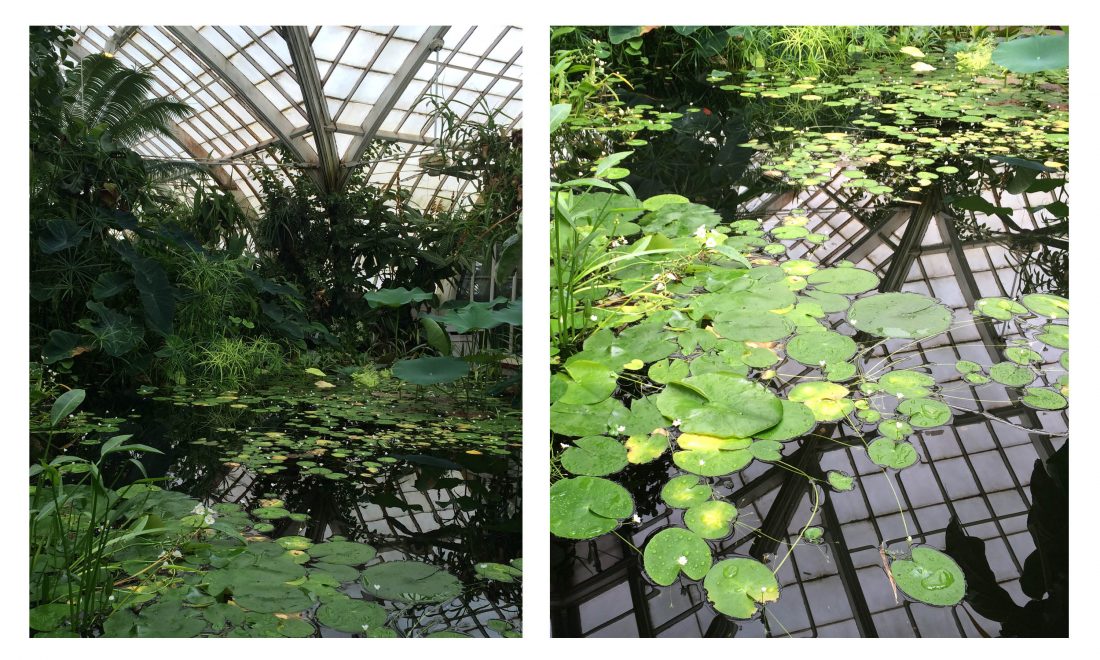
♥ MARA’S PICKS ♥
EAT
OzaOza Tucked away inside a karaoke bar in a plaza in Japantown, finding this nine-seat kaiseki restaurant is a journey unto itself. Chef Tetsuro Ozawa prepares dishes that are artful in both their balance of flavors and in their exquisite presentation, and one can sense his deep respect for each ingredient he uses.
La Palma It’s hard to choose a favorite Mexican restaurant on 24th street, but La Palma takes the prize for their handmade tortillas, huaraches, and an incredible assortment of Mexican pantry items for purchase. I’ll usually stop in for lunch (usually eating at the tables outside as their building has one of my favorite murals in the city), and grab some homemade tortilla chips and fresh guacamole on the way home.
Shanghai House We stopped here on a whim after the shoot of our Fog City collection and now I’m completely hooked – the off-the-menu pan fried steamed pork dumplings are possibly the best dumplings I’ve ever had. Make sure you sneak a trip upstairs to the restroom as you may catch a glimpse of someone making fresh dumplings on your way up.
SHOP
Anaise A beautiful shop in the mission district that strikes a balance of minimalism, romance, and tranquility in both its clothing and retail space. Anaise stocks goods from designers that are hard to find elsewhere in the Bay Area – highlights include dresses by Jasmin Shokrian, whimsical wood-handled bags from Eatable of Many Orders, and home goods from Dosa.
Soko Hardware This family owned shop in Japantown offers two stories of basic hardware needs as well as housewares, gardening supplies and imported goods. What I love about Soko is the mix of both utilitarian and more cherished items – I’ll come here to buy a sponge and discover a unique ceramic vase or a roll of printed handmade paper.
Minamoto Kitchoan I’m cheating a bit with this pick because it’s part shop, part eat! Minamoto Kitchoan masters the art of beautifully packaged wagashi – Japanese confectionaries such as mochi that are often served with tea. I often go here with the intention to admire their artful product displays, but I never leave empty handed. My favorites are the candied yuzu and a mochi filled with sweet white bean paste and a whole kumquat.
SEE
POPOS Because of a development requirement in San Francisco’s 1985 Downtown Plan, the city is home to over 60 POPOS (privately owned public open spaces) that usually take the form of atriums, terraces and small parks hidden away in SF’s Financial District. Most of the buildings that own these spaces don’t advertize their existence or whereabouts (and some make you jump through quite a few hoops to gain access), but they offer a tranquil respite from the city bustle and often some outstanding views.
Huntington Park Situated near the hilltop that hosts the historic Fairmont Hotel, Masonic Lodge, and the Mark Hopkins Hotel, Huntington Park feels quintessentially San Francisco. When the sun is out I can sit here for hours reading and listening to the fountain and church bells from the adjacent Grace Cathedral and watching dogs pass by.
Macondray Lane One of several pedestrial allies tucked away in Russian Hill, entering Macondray Lane is like stepping into another world. A stone pathway with beautiful homes and lush gardens on either side, the lane exits to a sweeping view of Coit Tower and the Bay.
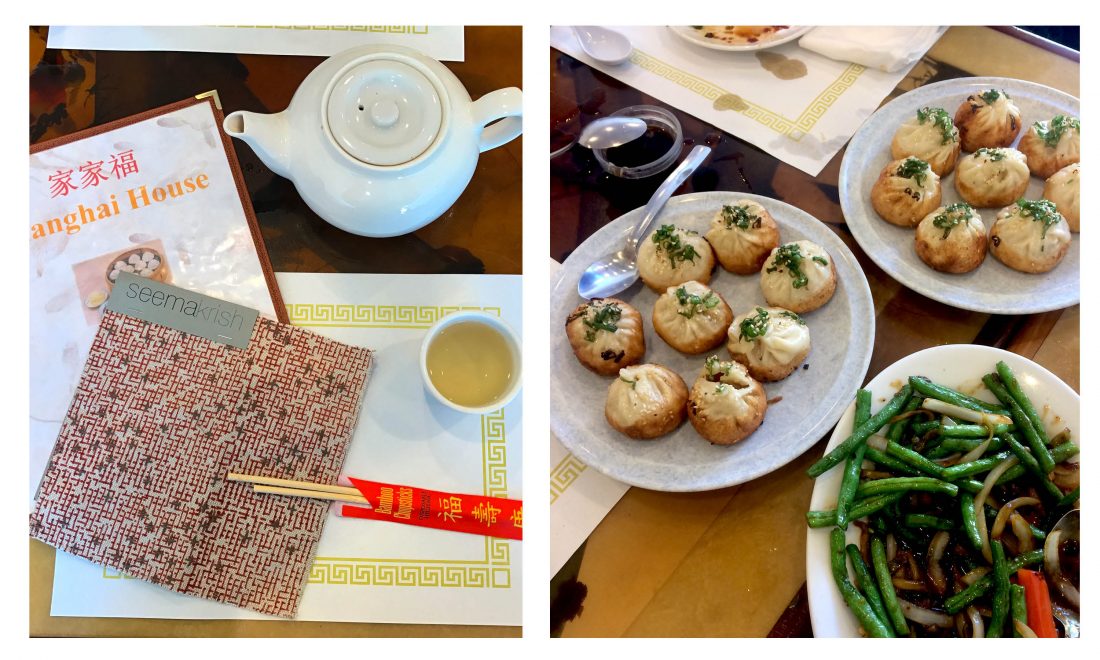
♥ SEEMA’S PICKS ♥
EAT
Ice Cream Bar is a 1930s-style classic soda fountain. I enjoy the retro, old fashioned interior and classic offerings of ice cream and soda fountain offerings. They make everything on site including their waffle cones and syrups for their ice cream sodas. It’s a favorite treat for my family, especially my 10-year-old daughter!
Californios serves upscale, reinvented Mexican in a cozy, luxe and intimate space, with shelves lined with cookbooks. A relaxing experience as it only offers the option of a 9-course tasting menu, with no menus offered until the end of the meal. It felt like being in the Chef’s atelier and was a memorable spot to celebrate our anniversary last year.
Samovar Tea Bar In a city filled with coffee options, I’m pleased to have this spot to fulfill my penchant for tea. The interior boasts a minimalist style with natural, earthy materials. My faves are the decadent Chai and the Turmeric Latte.
SHOP
The Podolls is one of my favorite SF brands, with a store, conveniently, right in my neighborhood. Their made-in-San Francisco, eco-conscious clothing is simple, urban and made from luxurious and textural fabrics.
Mill Mercantile feels like a small, highly curated department store with a very specific aesthetic. They carry an assortment of clothing, shoes, homewares, apothecary and even select magazines – all with a focus on meticulous construction and luxurious materials.
Flora Grubb Gardens is a large 8,000 square foot garden design store oasis, housed in an industrial light-filled shed. They specialize in plants that need little water to flourish and are suited to the Mediterranean climate of San Francisco. It’s a space that is welcoming and makes you want to linger. There’s also a Ritual coffee bar onsite.
SEE
When I moved to San Francisco three years ago, I was struck by its beauty, with views at every turn and nature that is so accessible in the city.
Lands End situated at the northwestern corner, rewards hikers with a series of stunning views of the ocean, the rugged coastline and access to the ruins of Sutro Baths. I enjoy walking here to clear my head and take in the bigger scheme of things.
Wood Line is an outdoor installation by British artist and environmentalist, Andy Goldsworthy, situated in the Presidio, amidst a clearing in a dense forest of eucalyptus, pine and cypress trees. Wood Line consists of a series of carefully selected logs that create a continuous curving line, running 1,200 feet through the forest landscape. It is one of my family’s favorite destinations to explore and contemplate.
Visiting the Lyon Street Steps is one of the most quintessentially San Francisco experiences. Being at the summit of these steps provides an amazing, expansive feeling that is almost meditative. It offers a wide view of the sky, often shrouded with fog, with blue water and architectural gems sprinkled in. A popular spot for a workout with a view, with its 332 steps down towards SF Bay.
